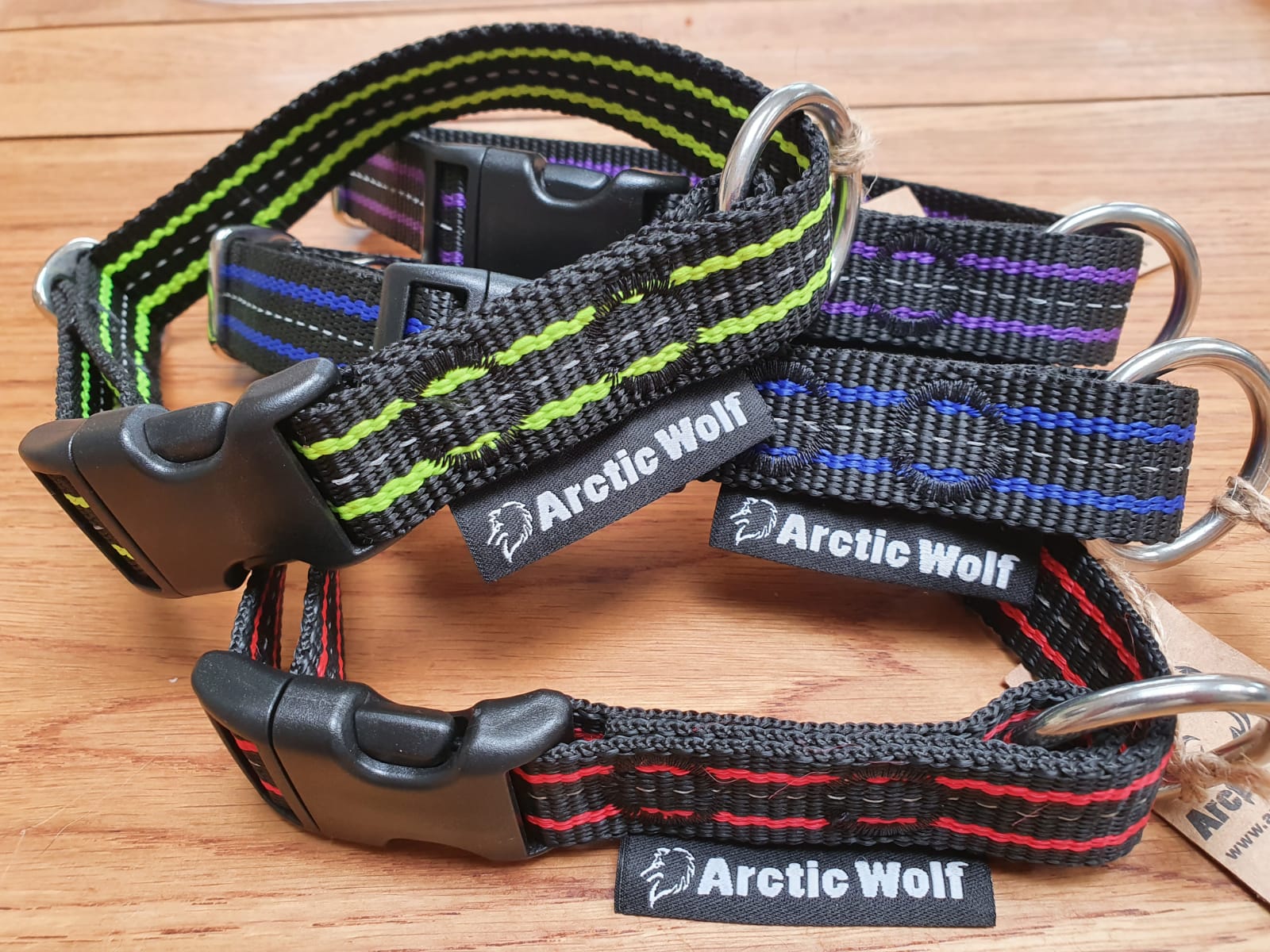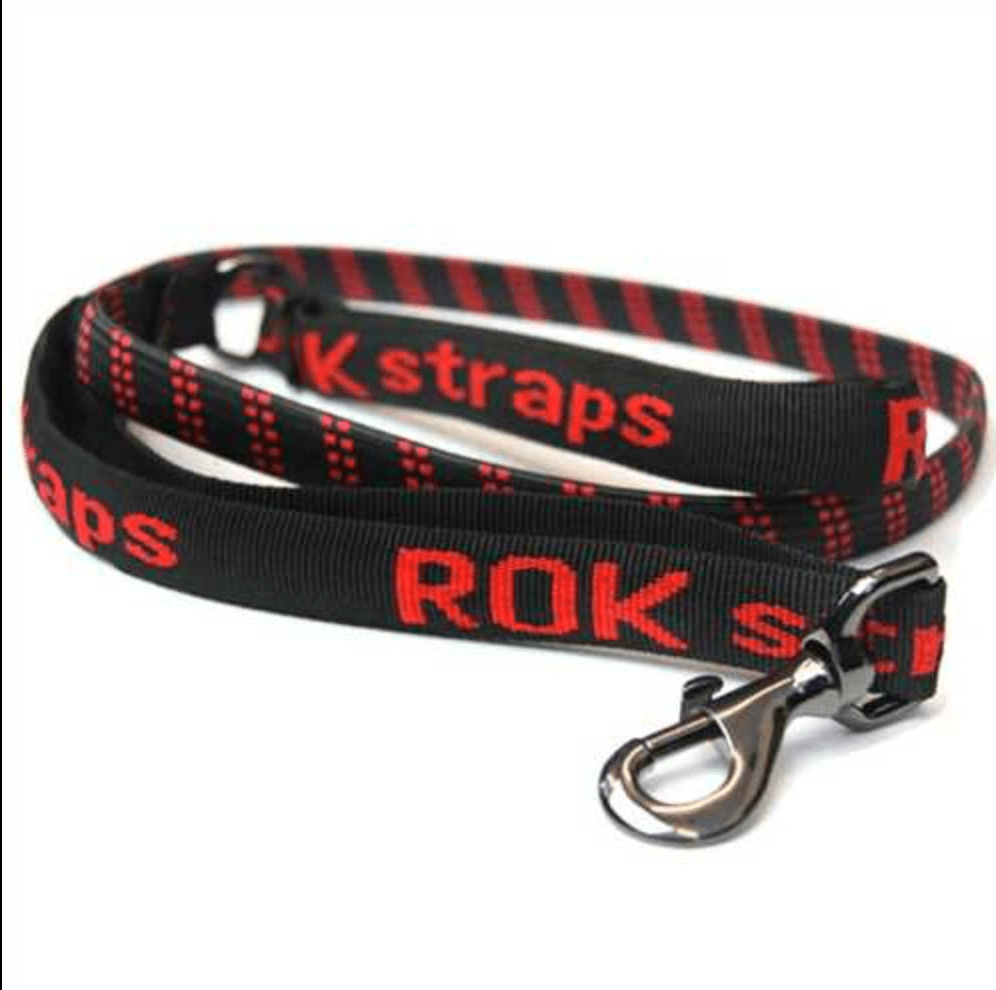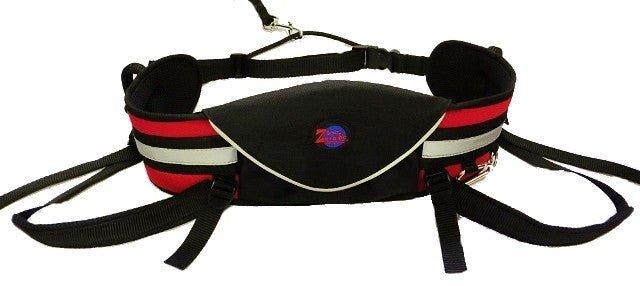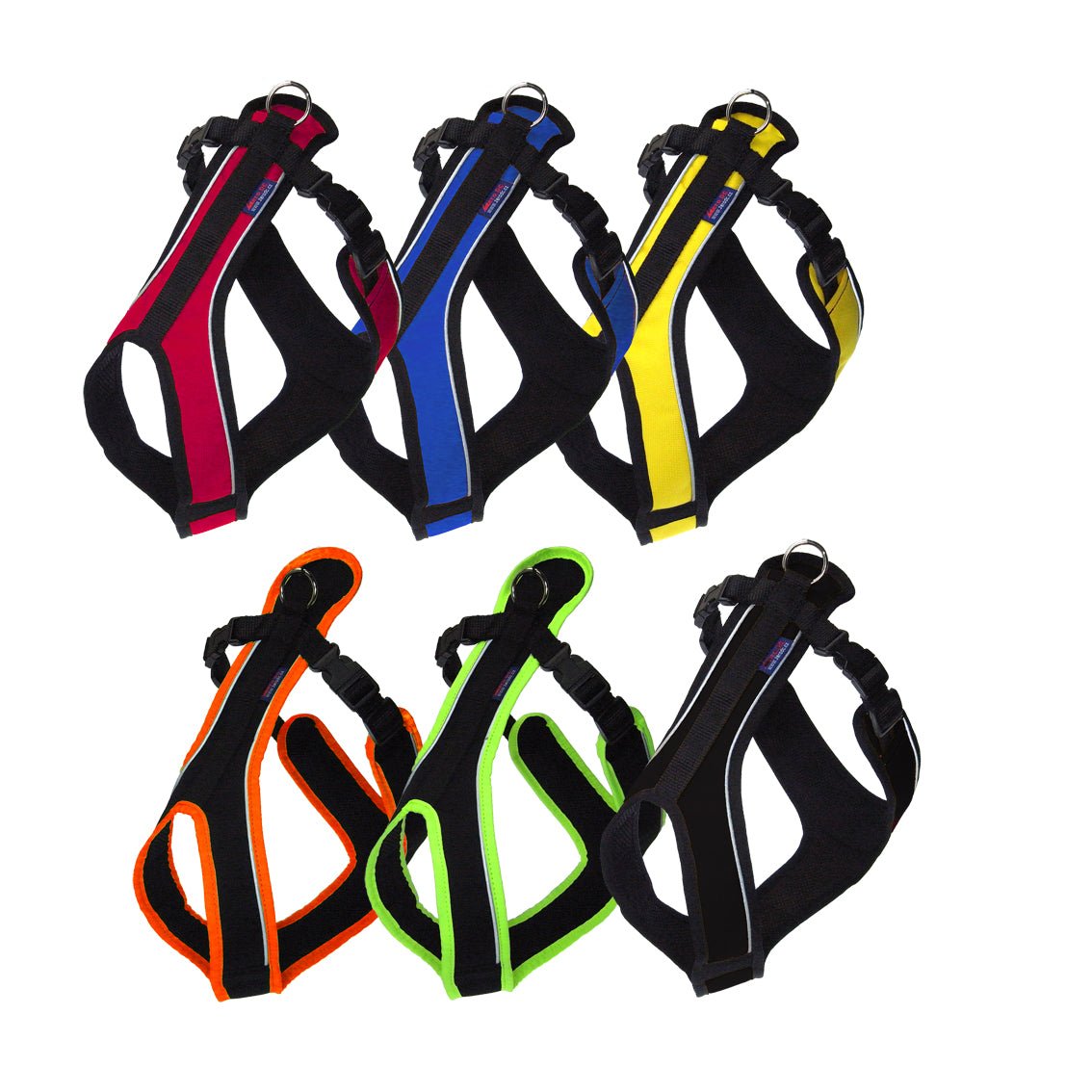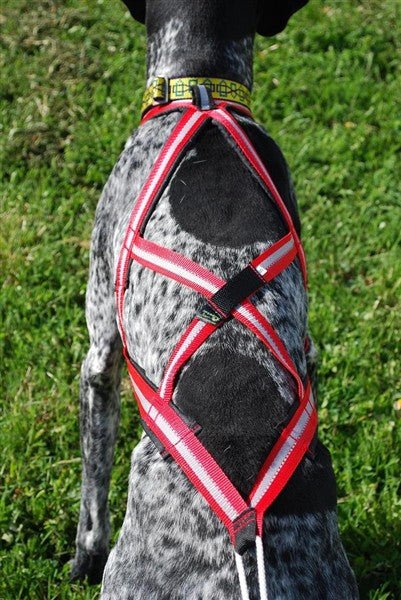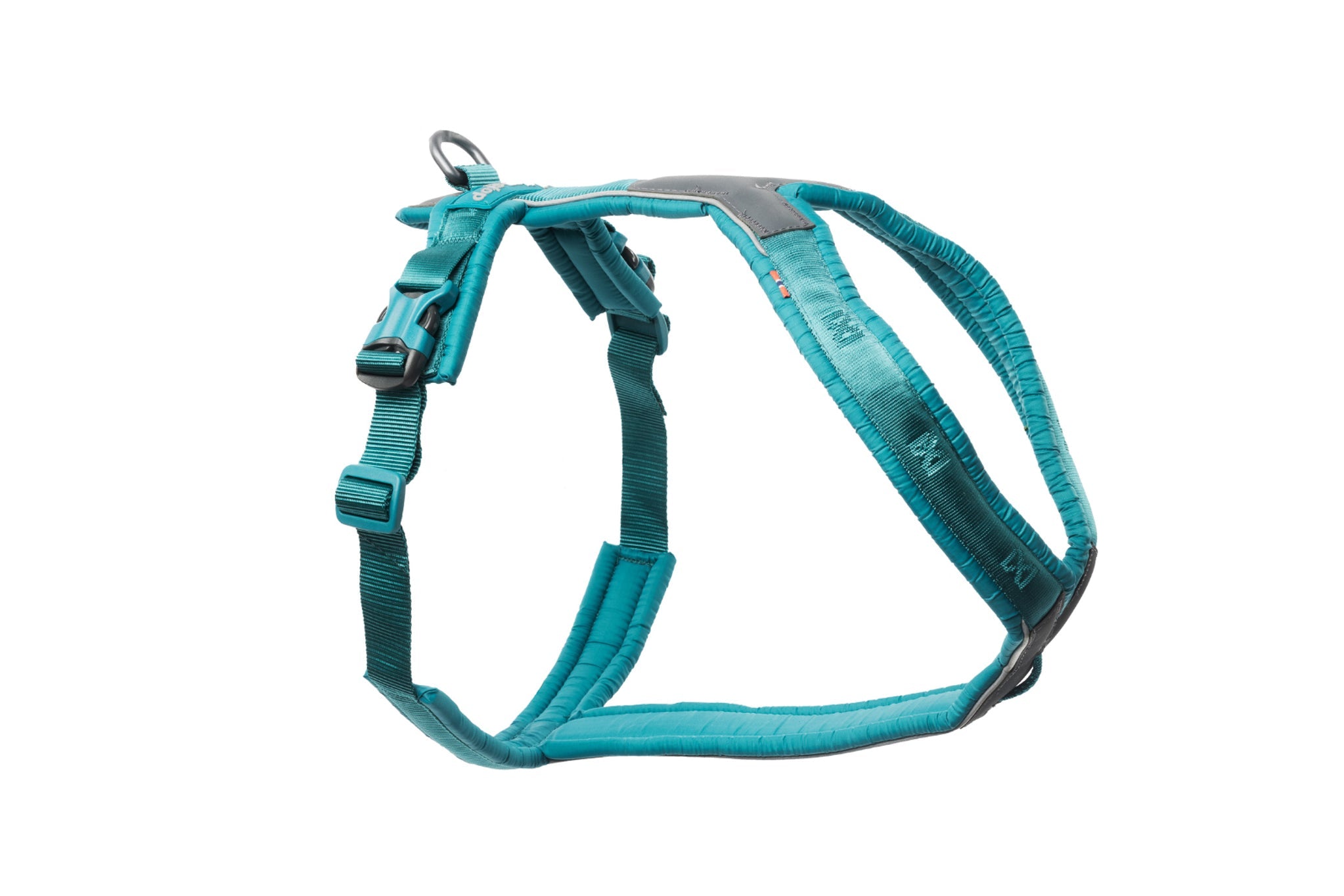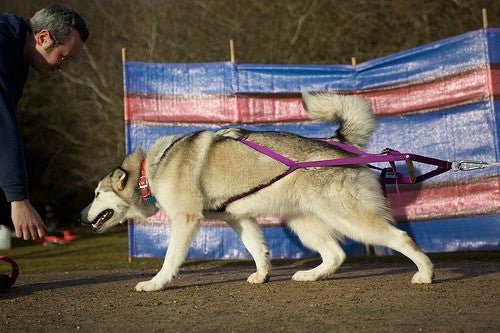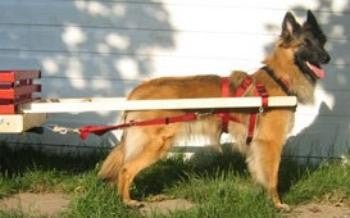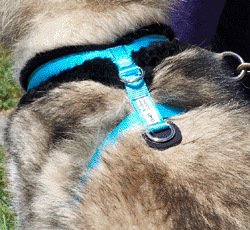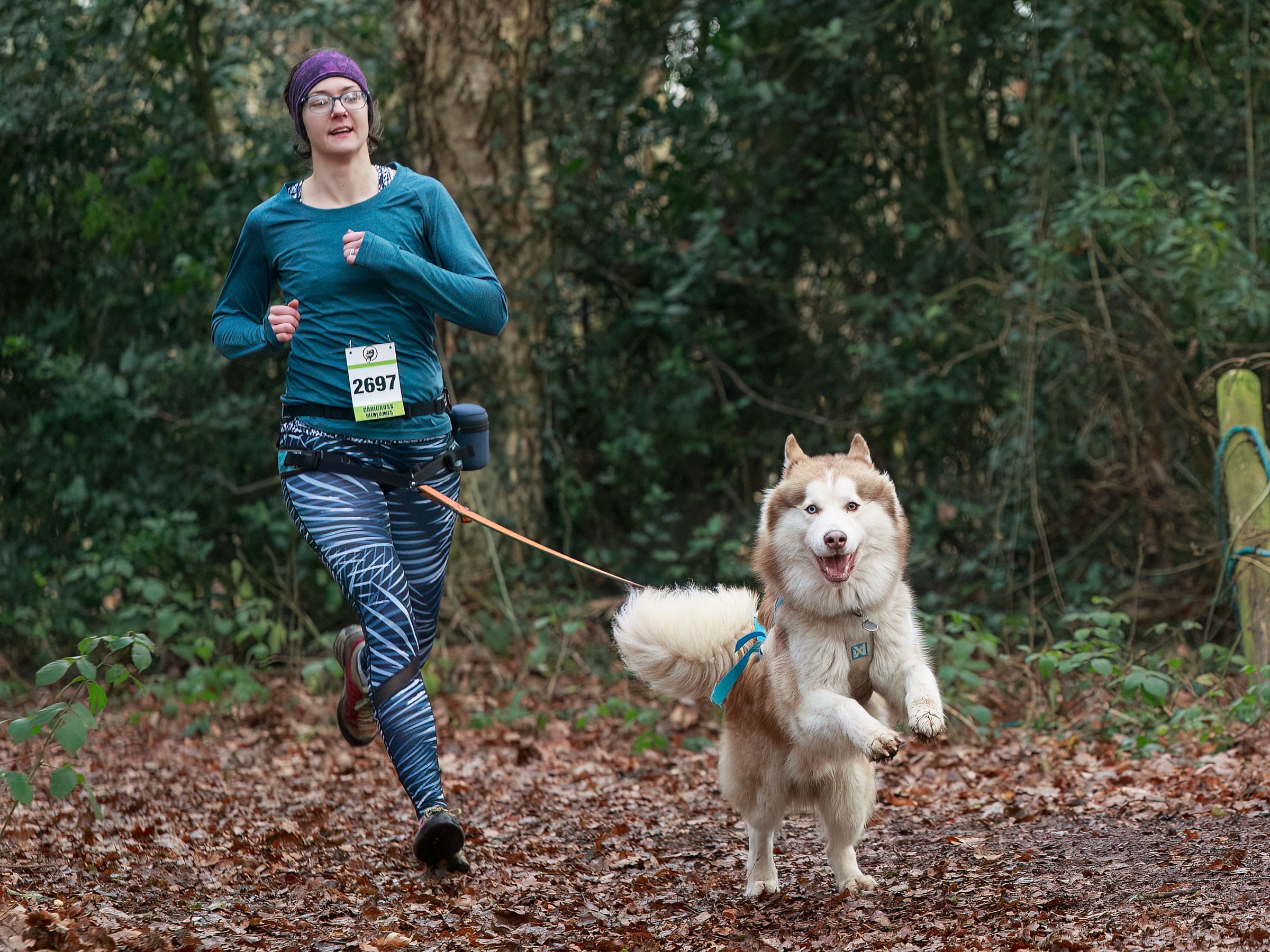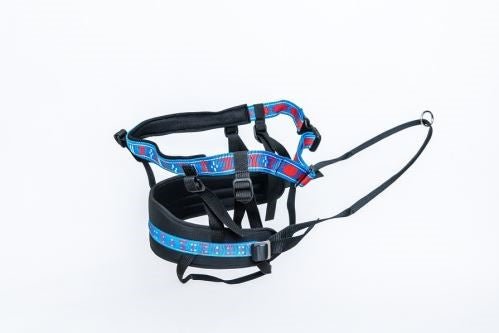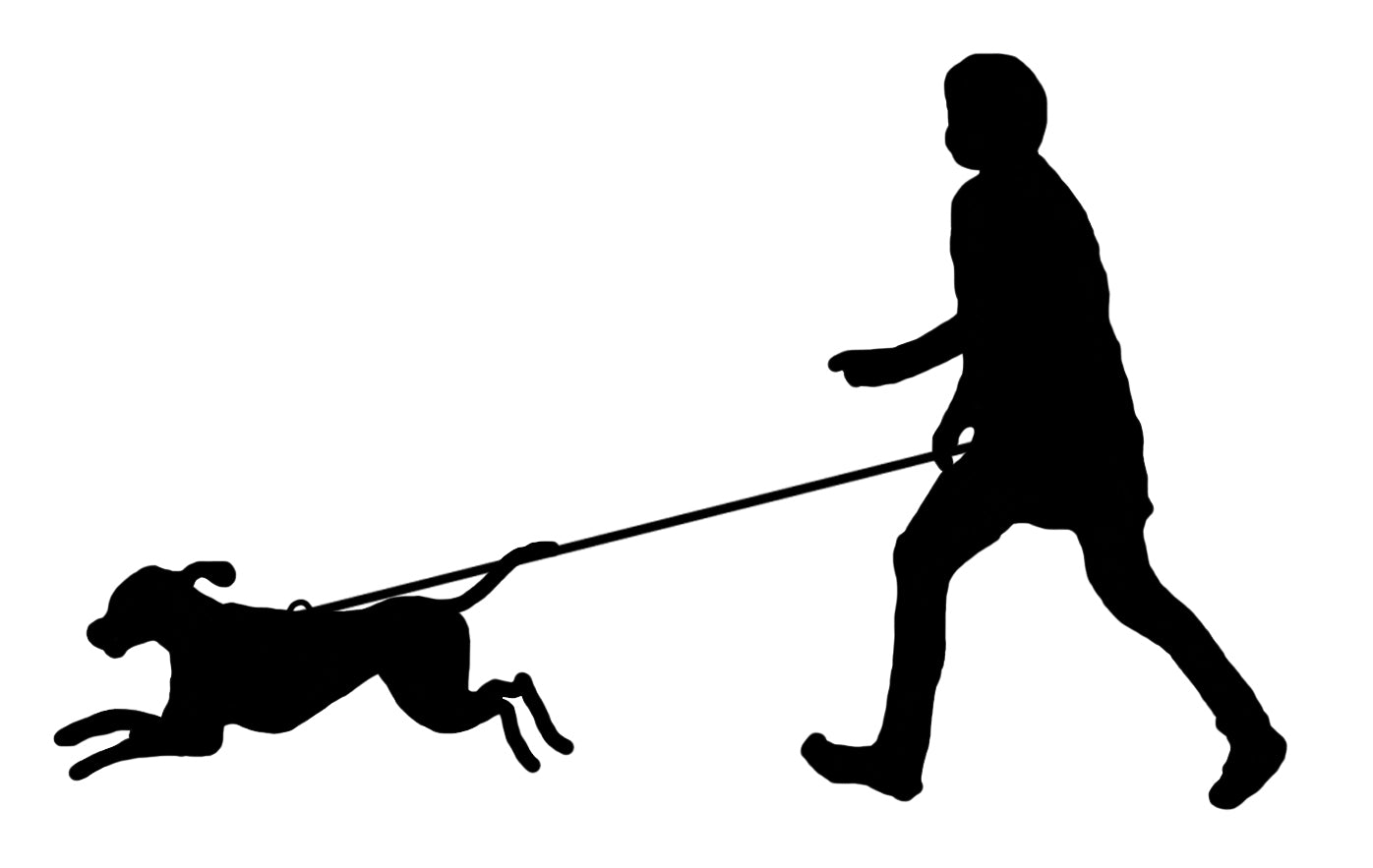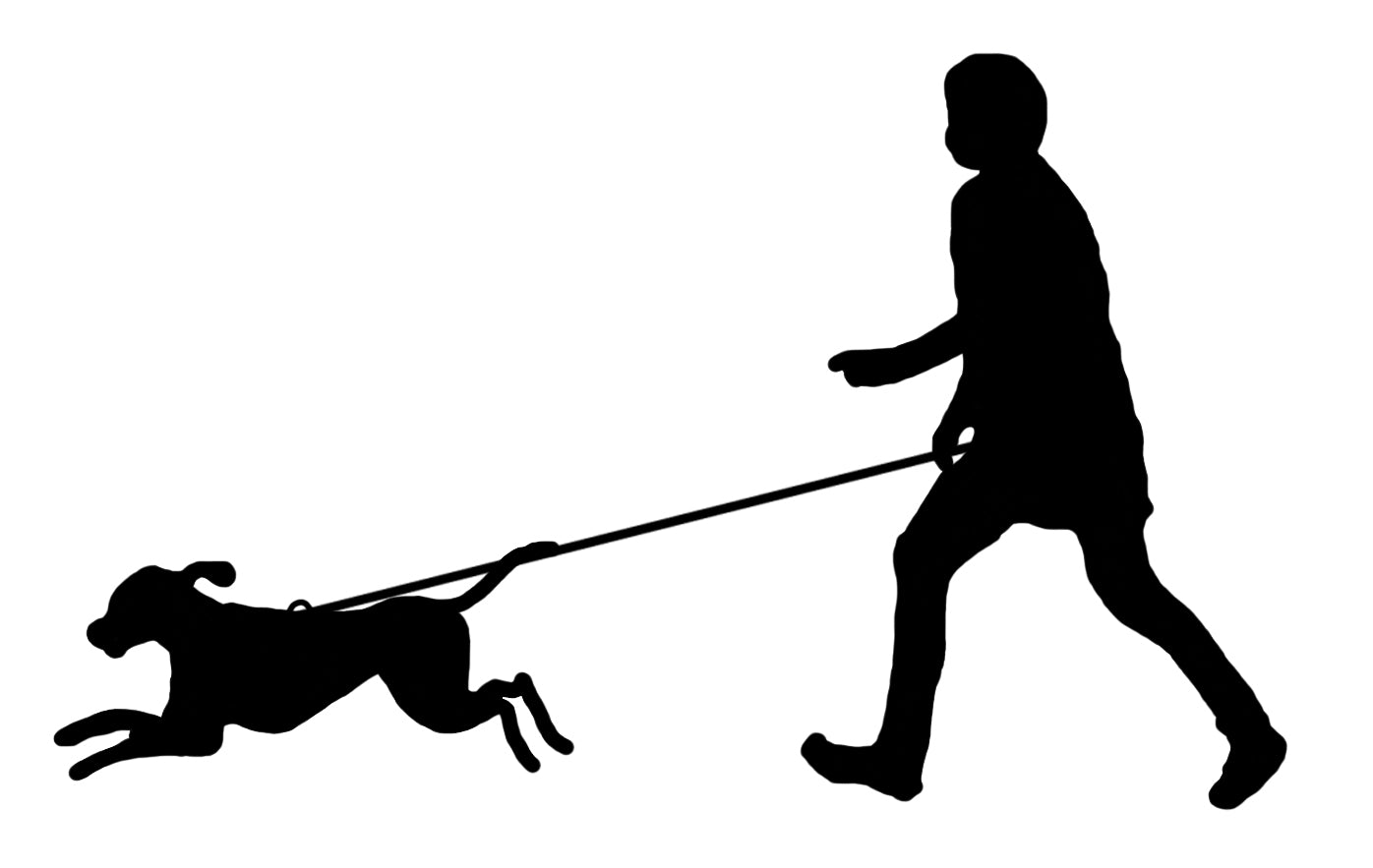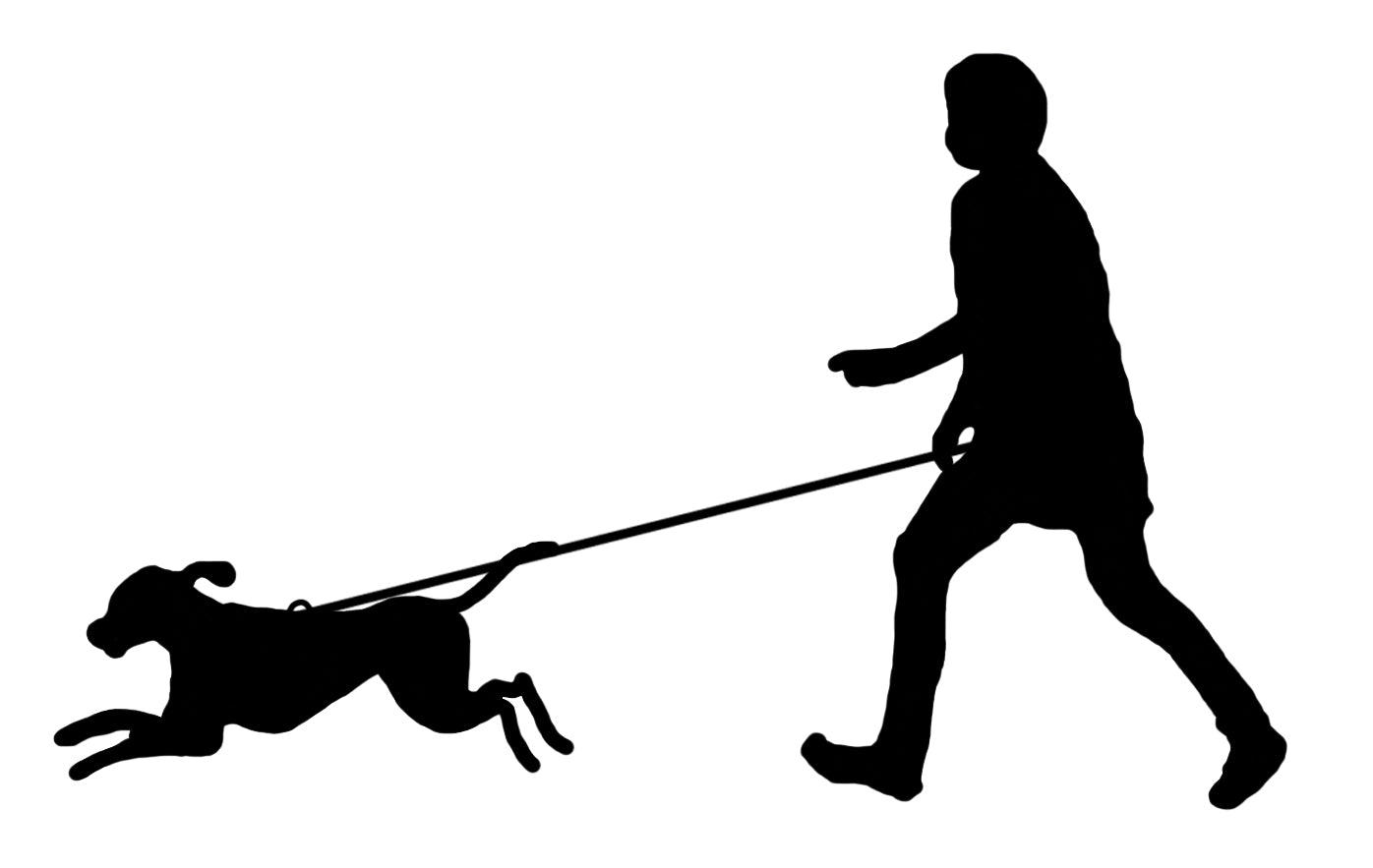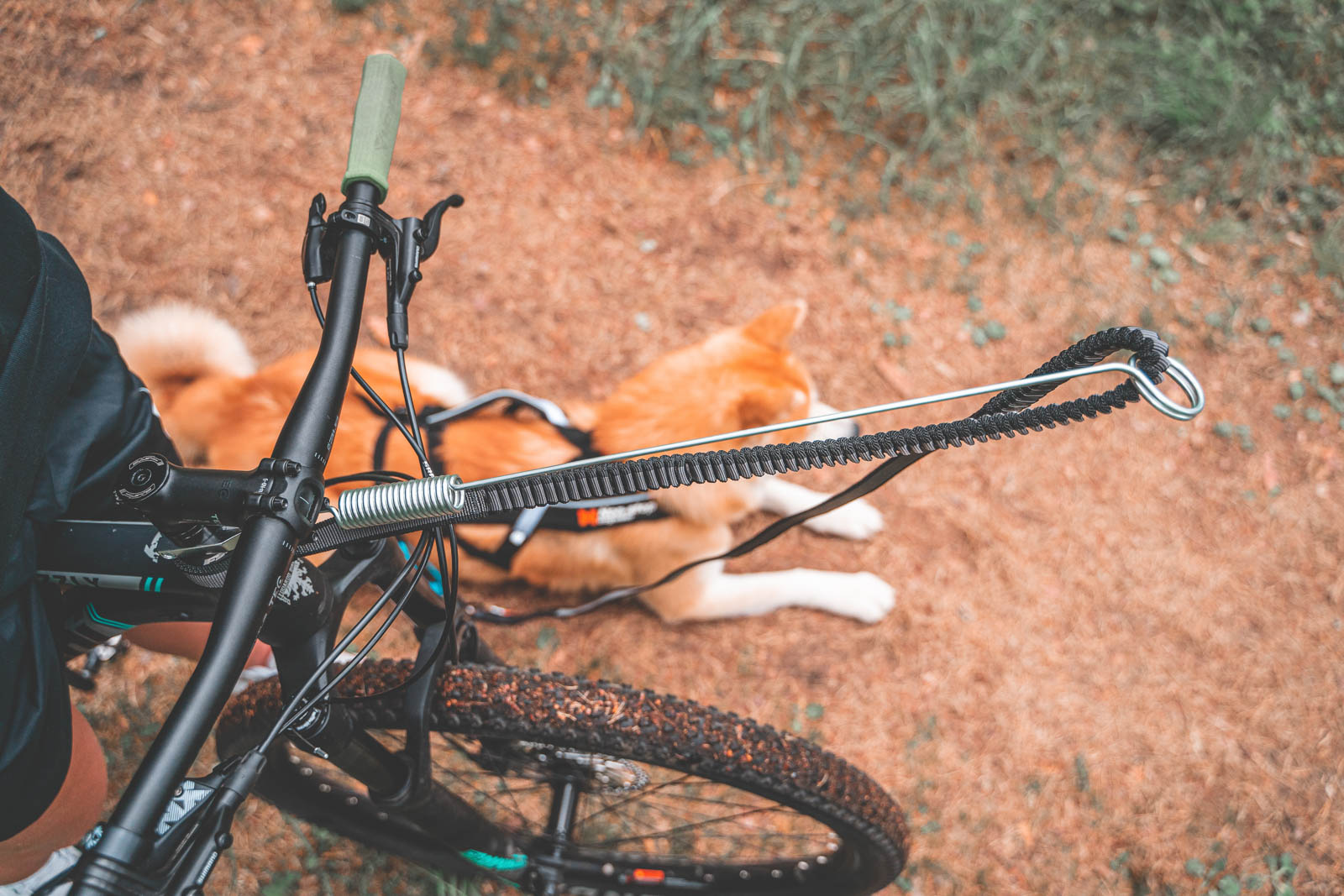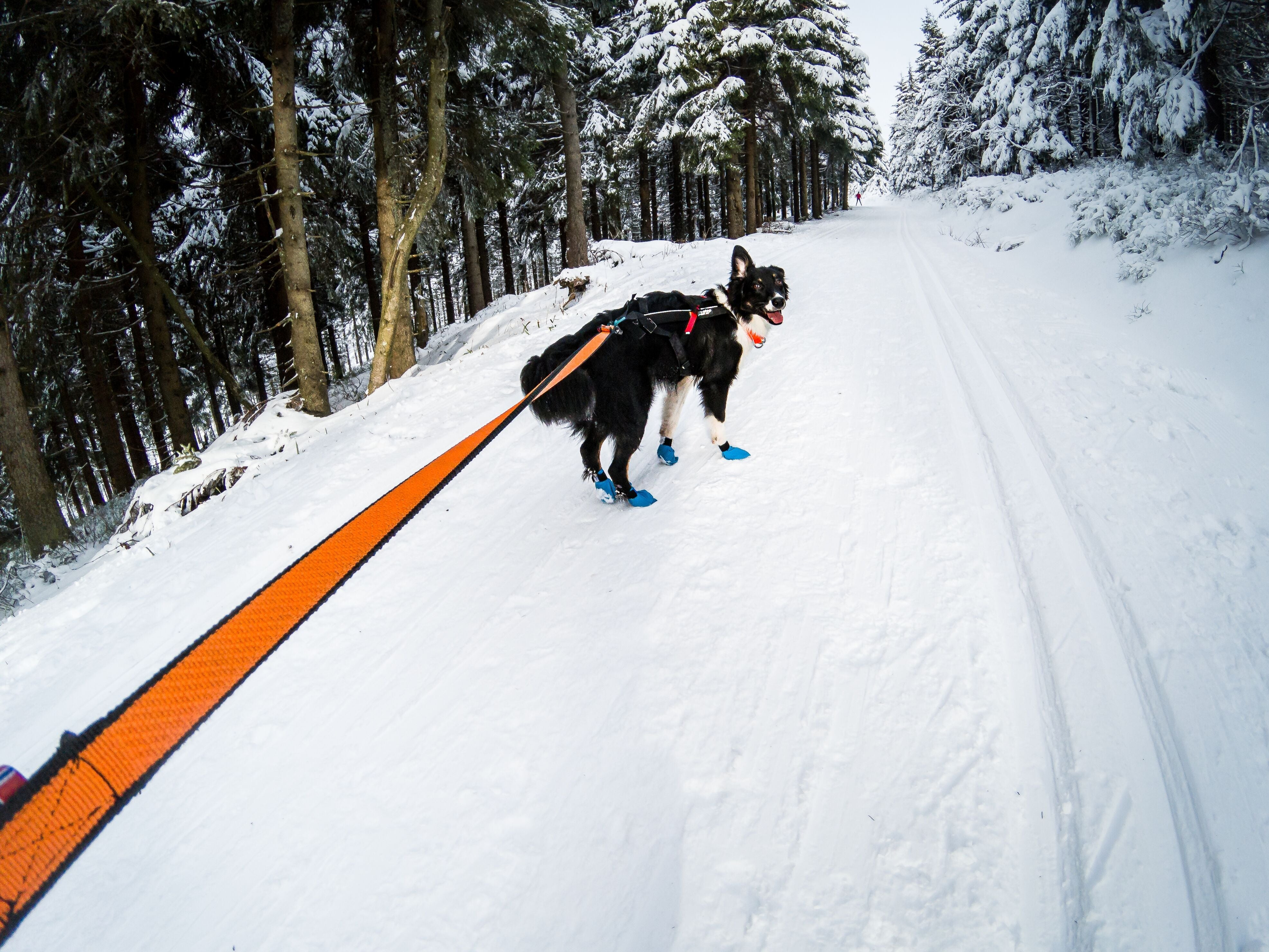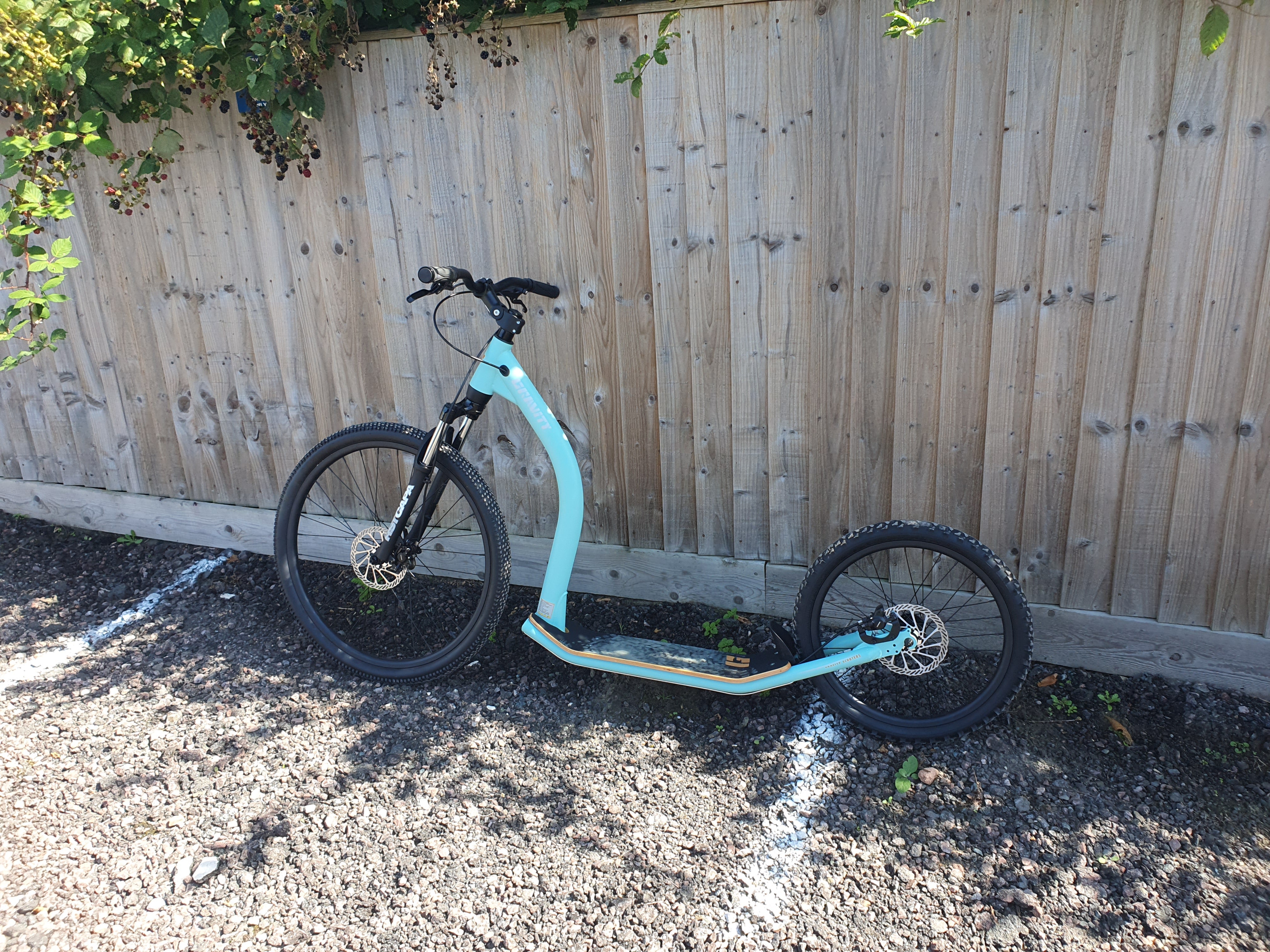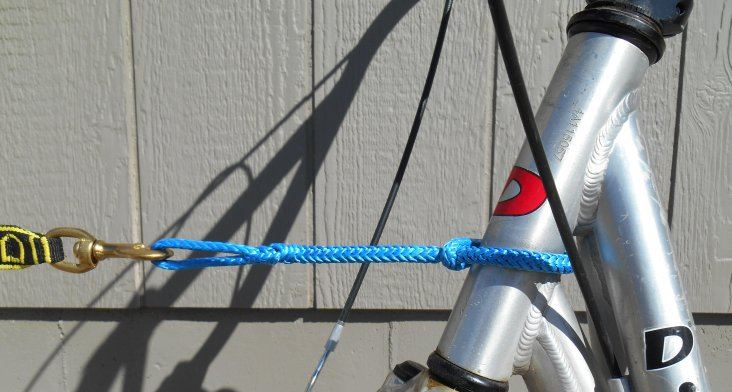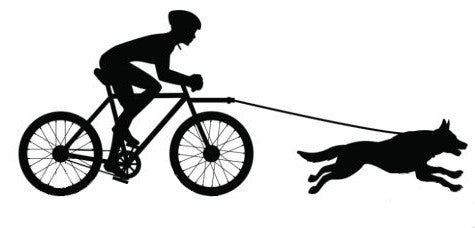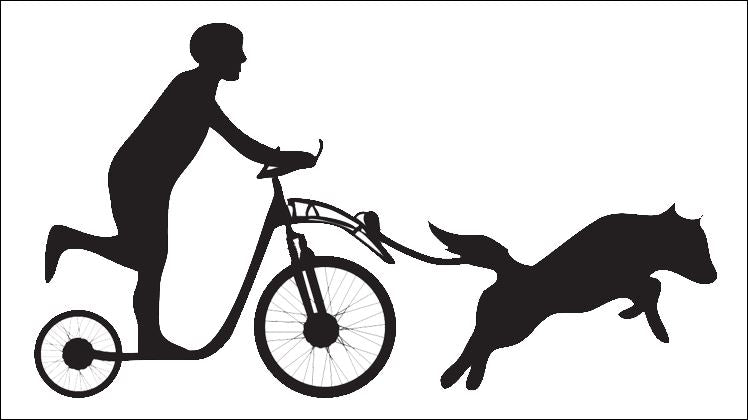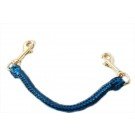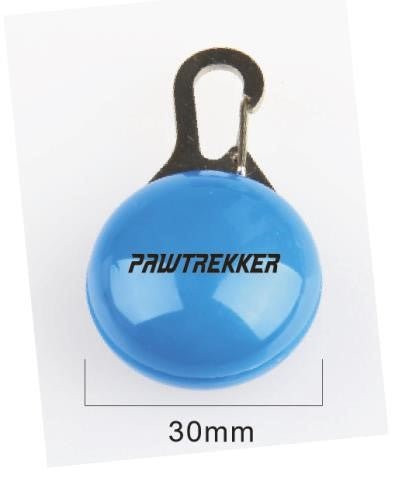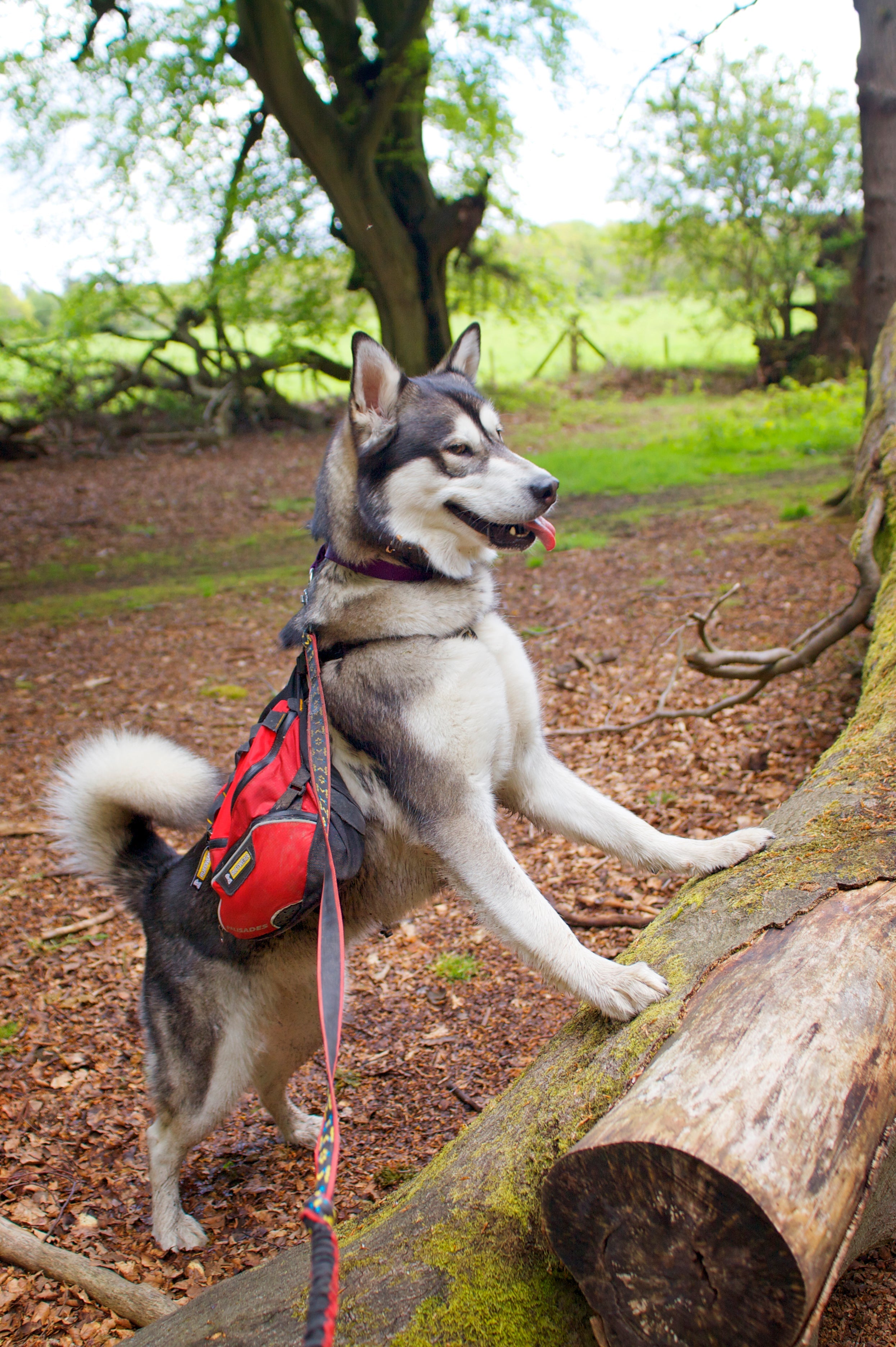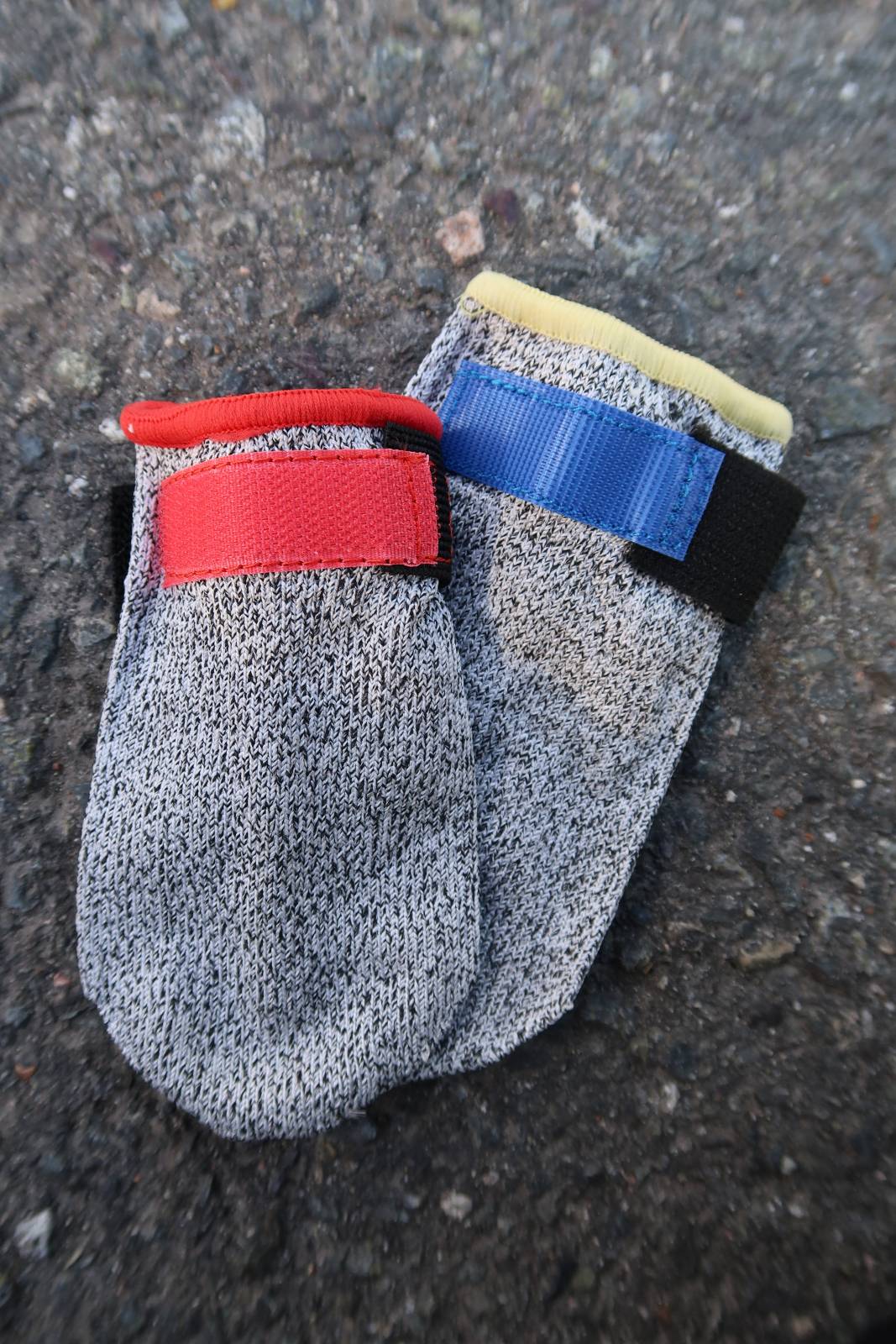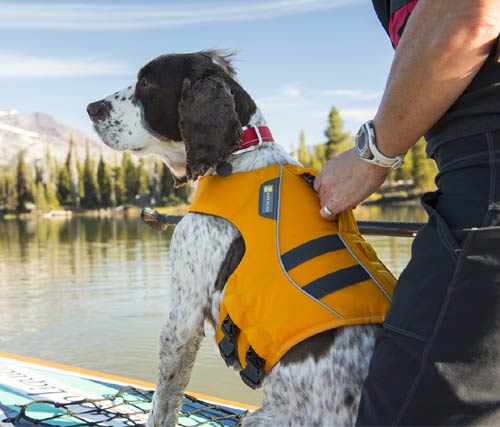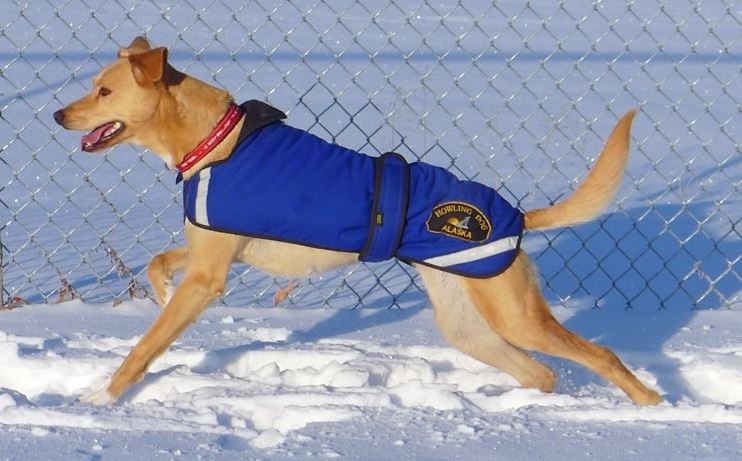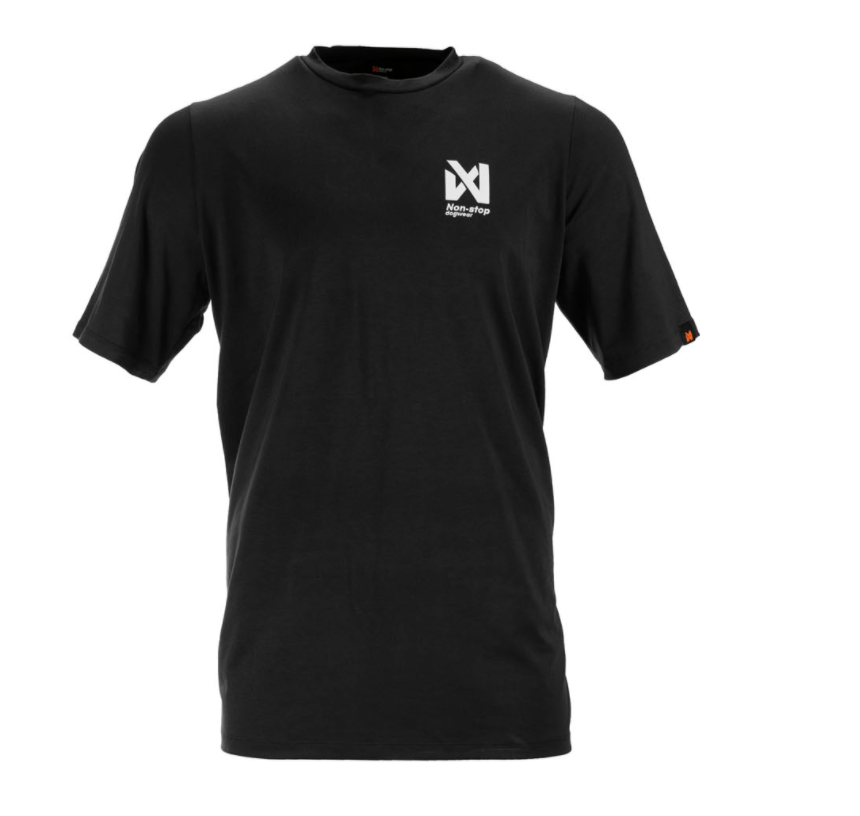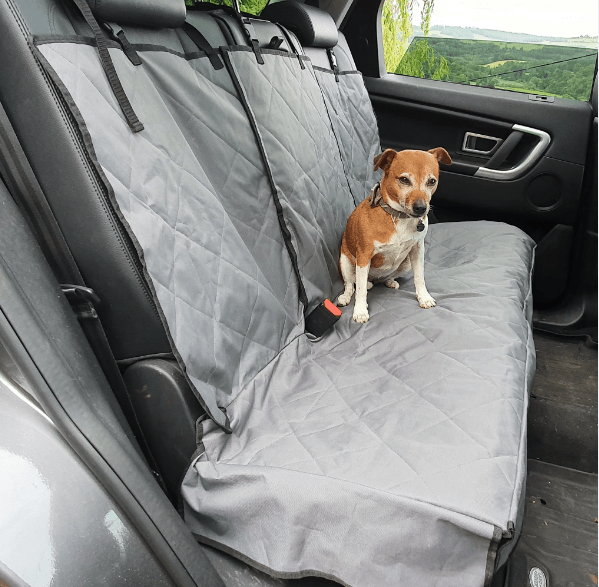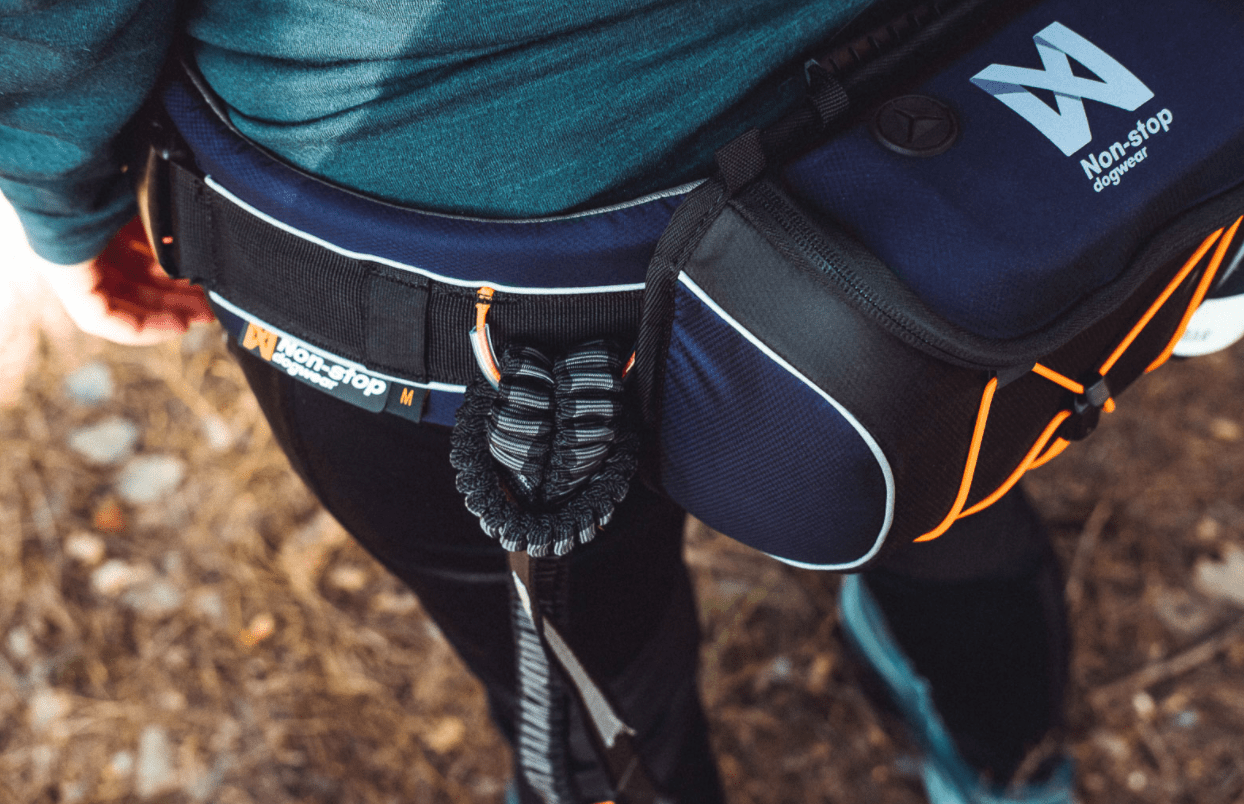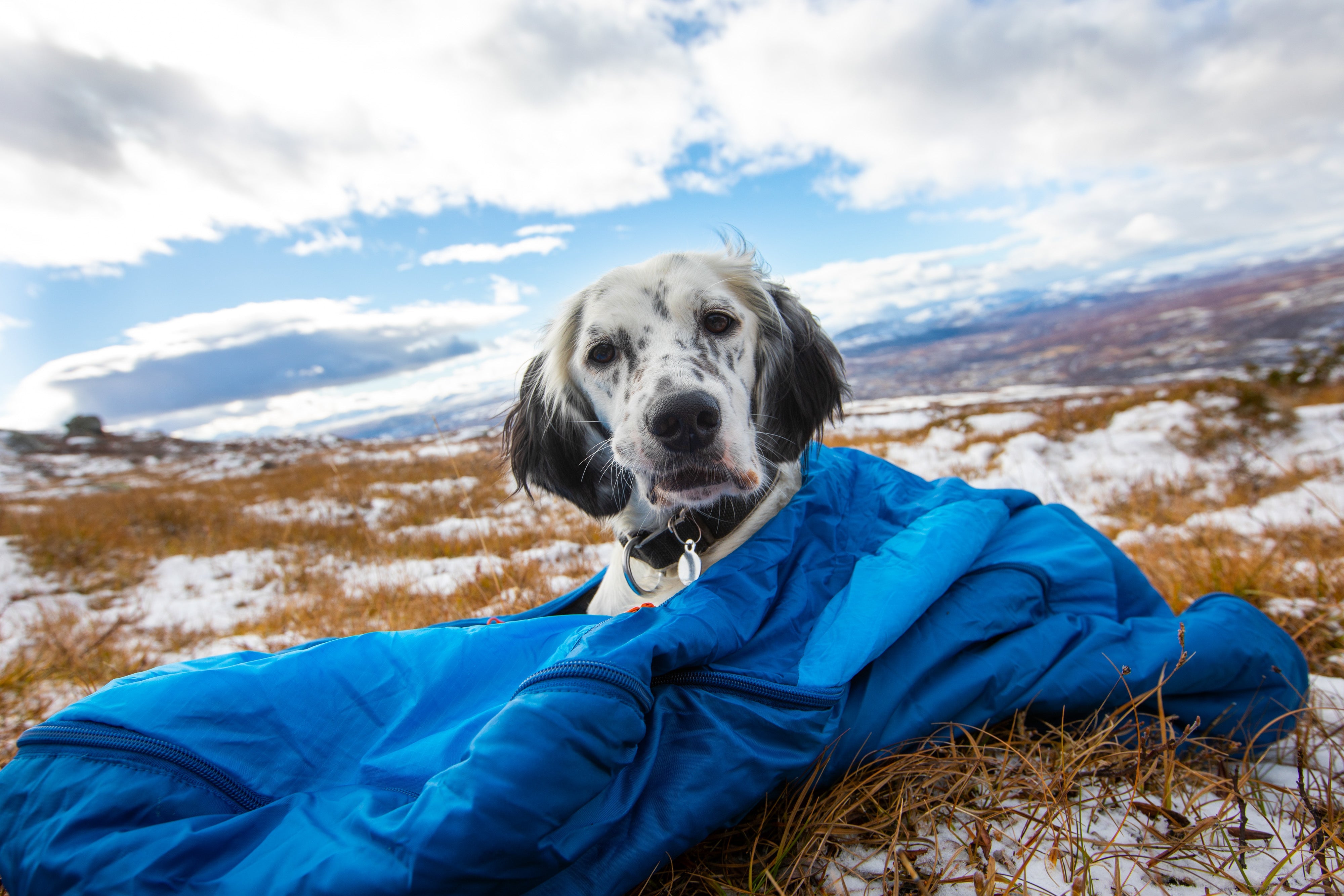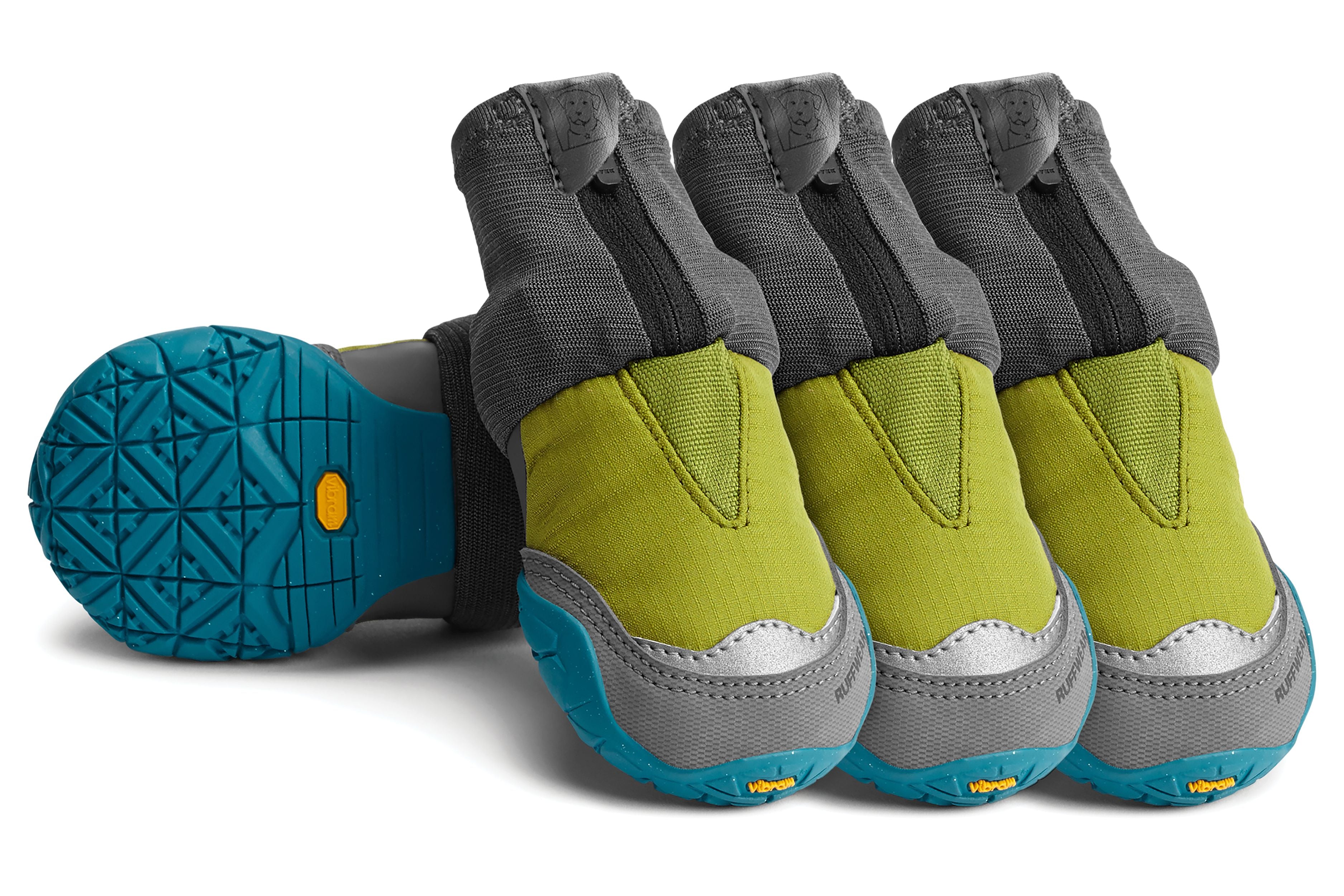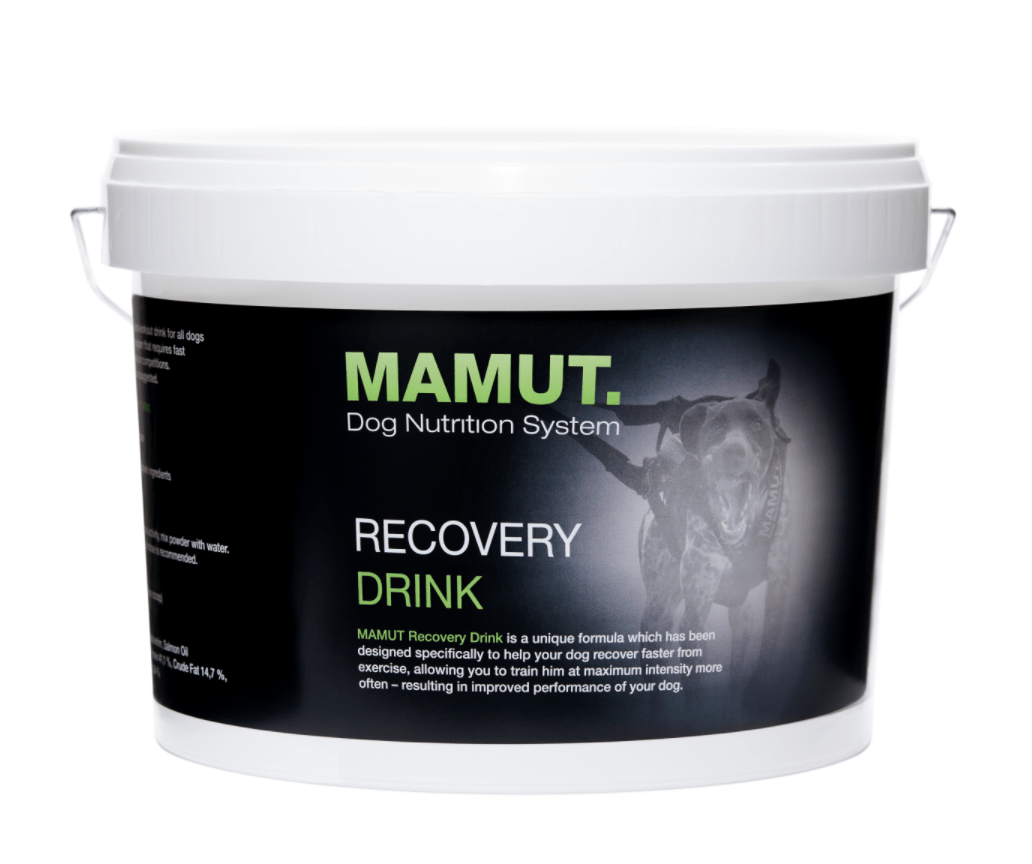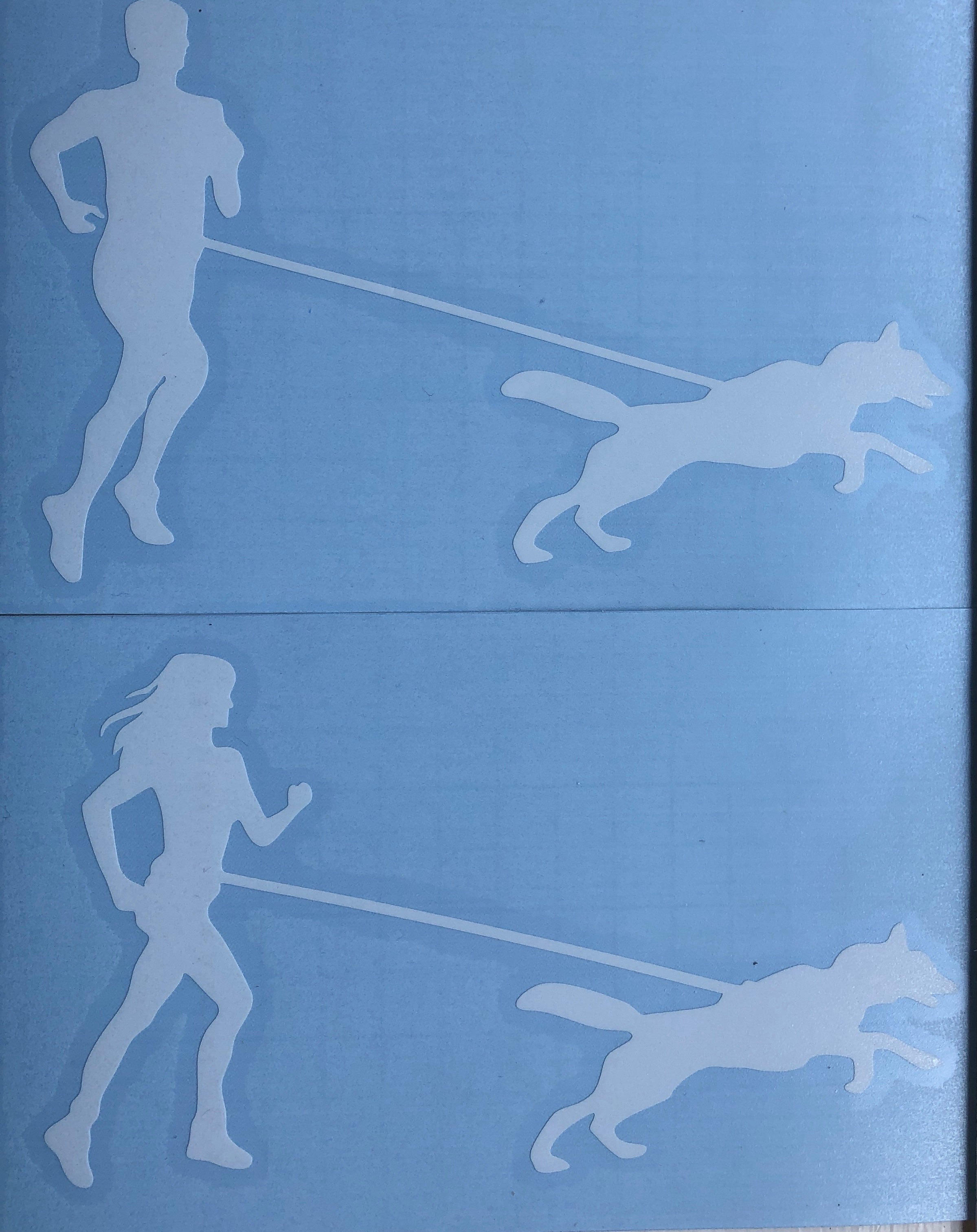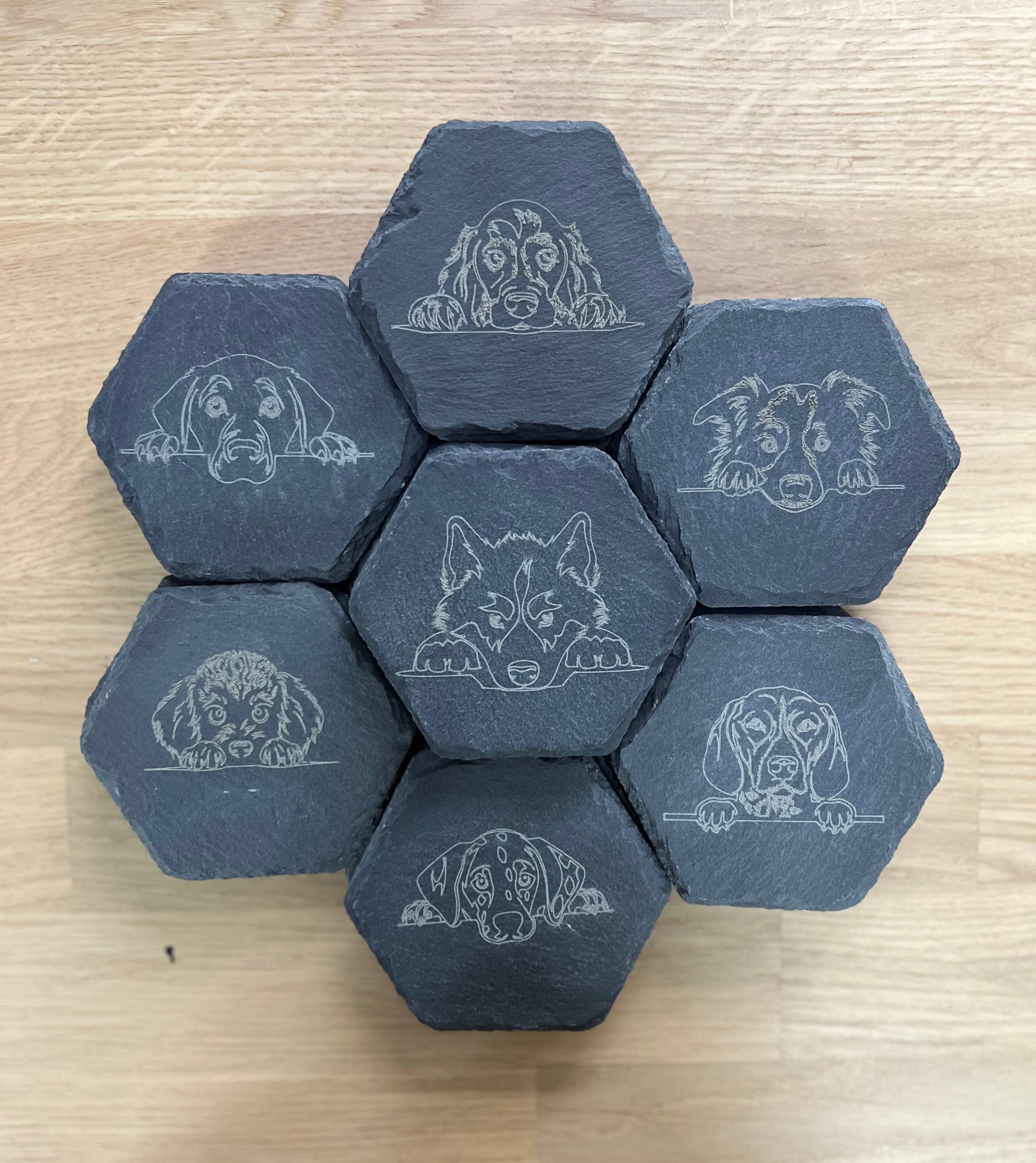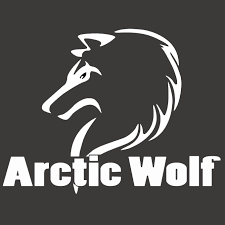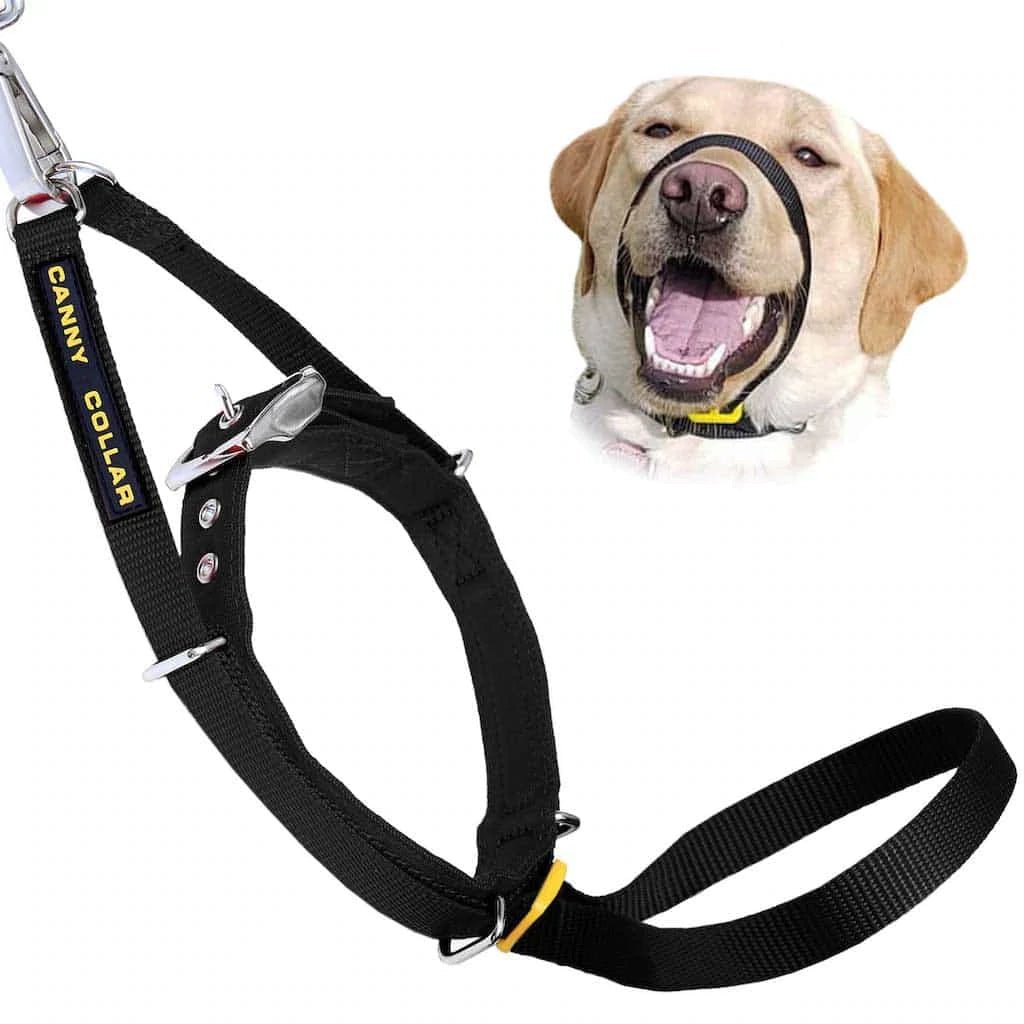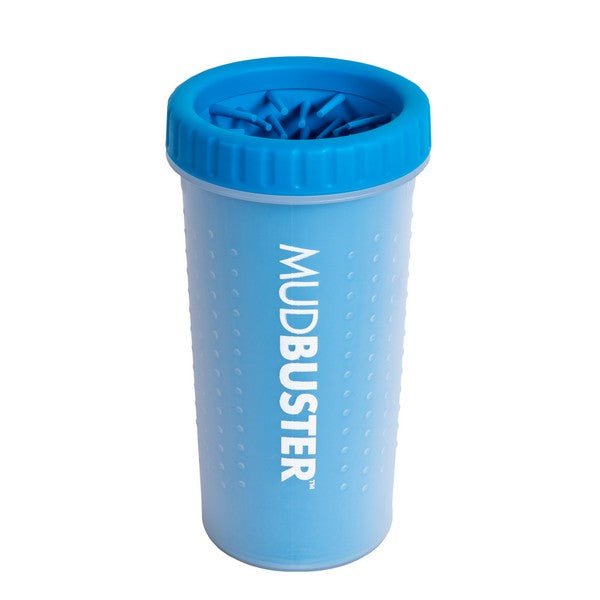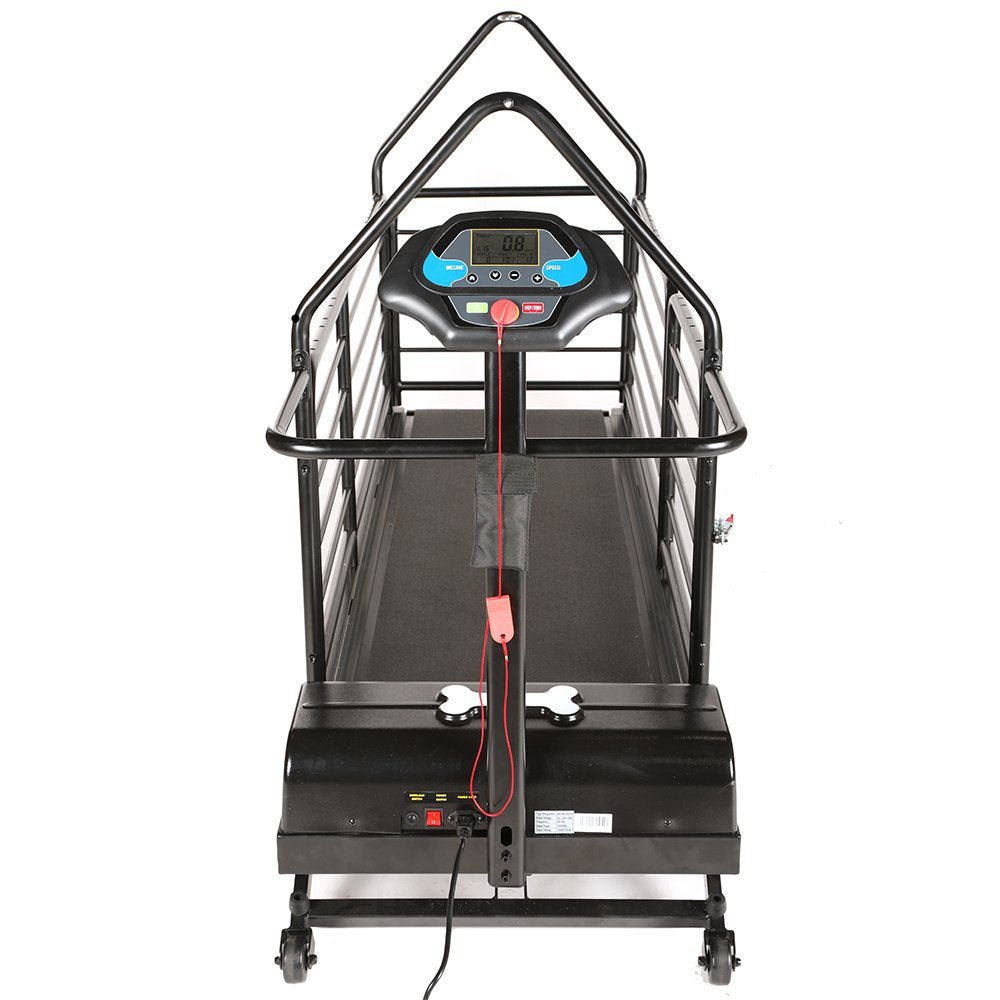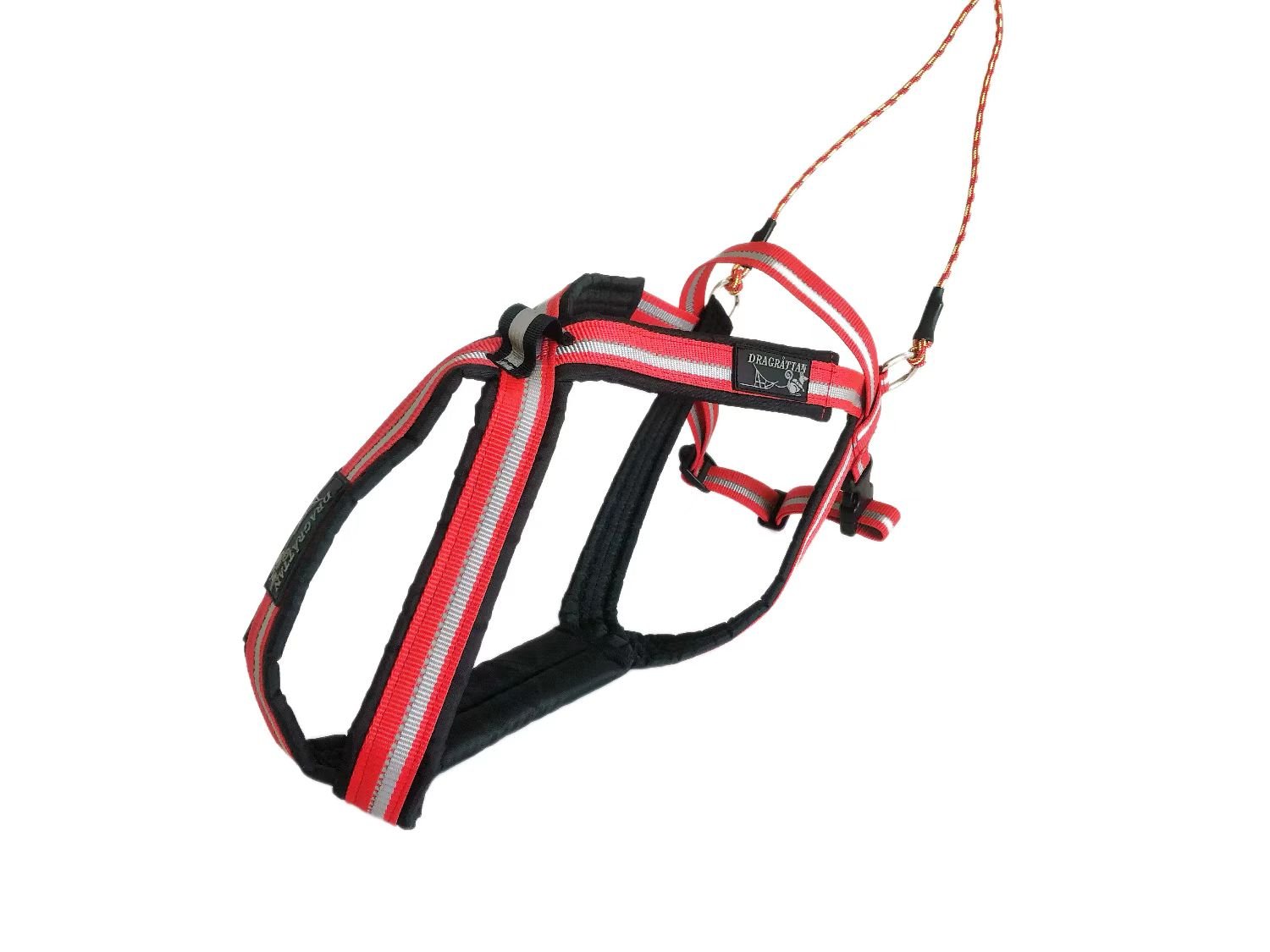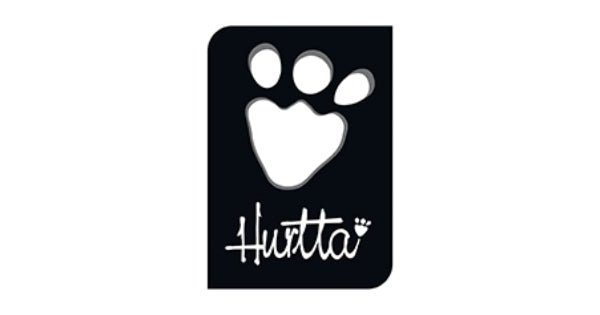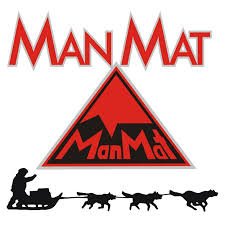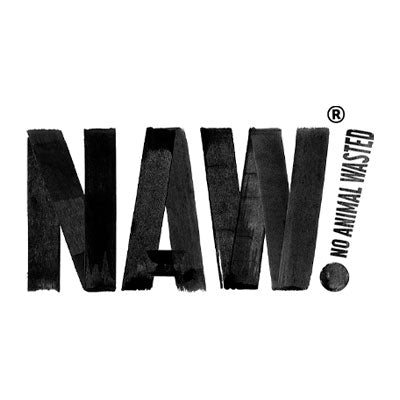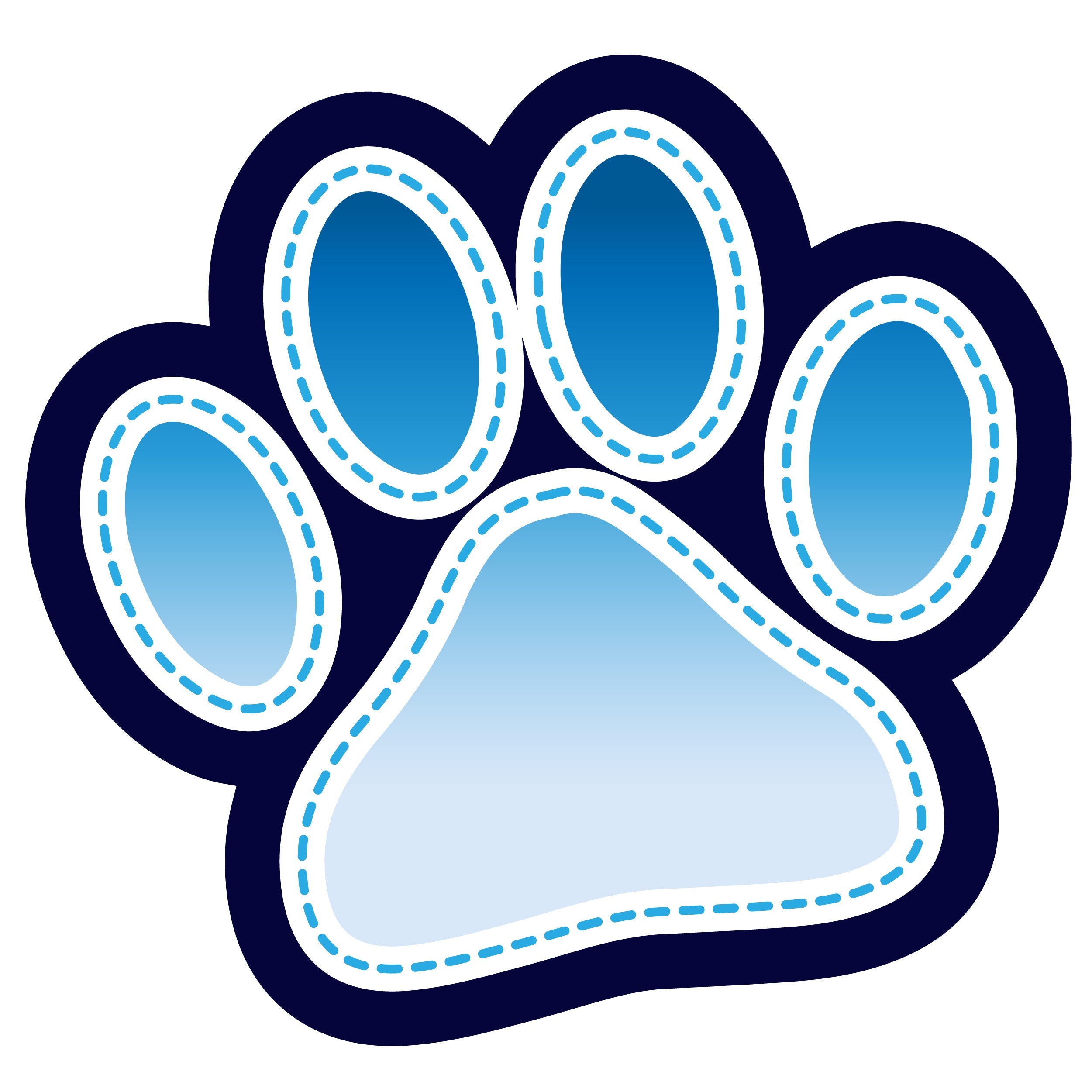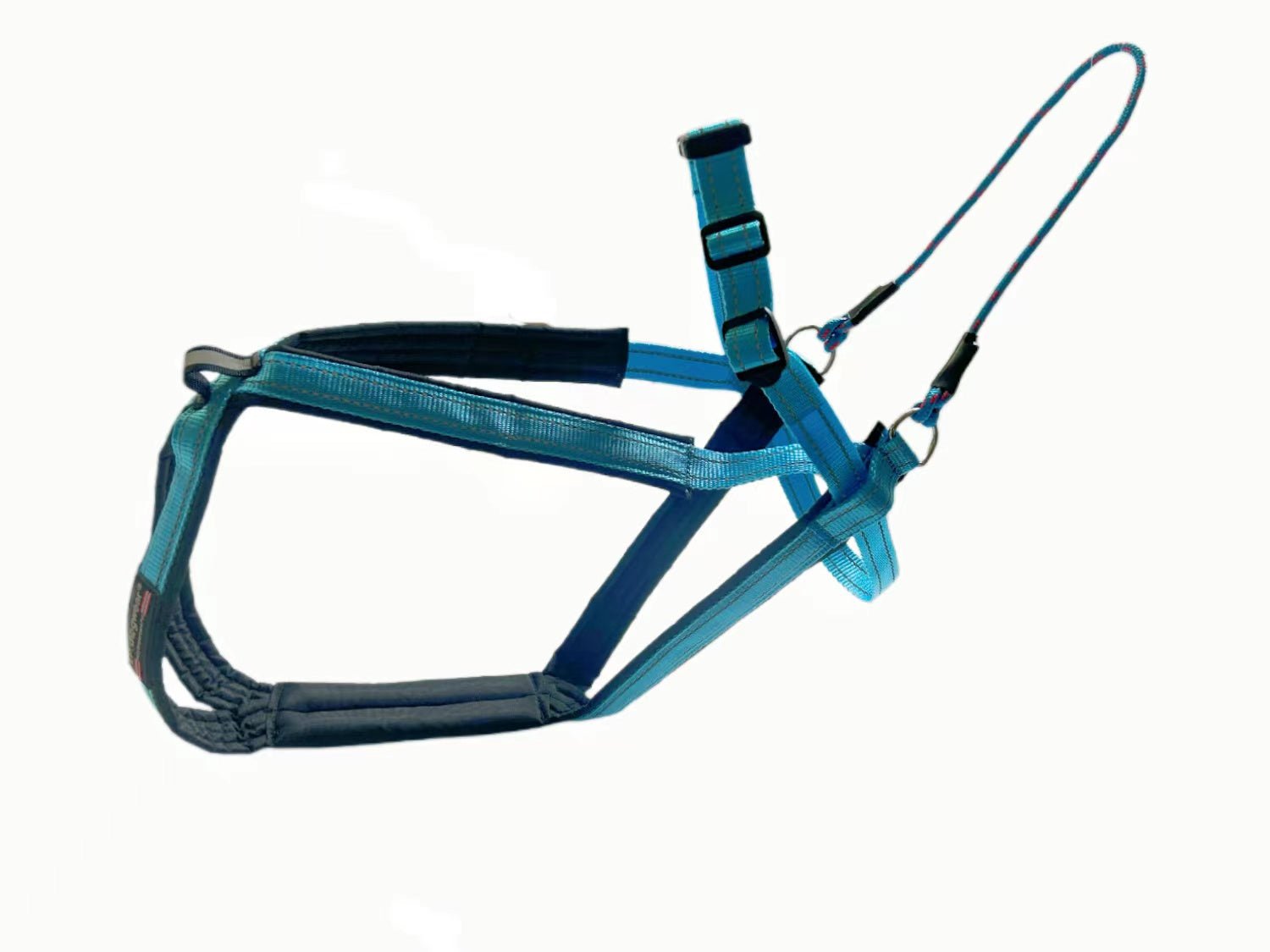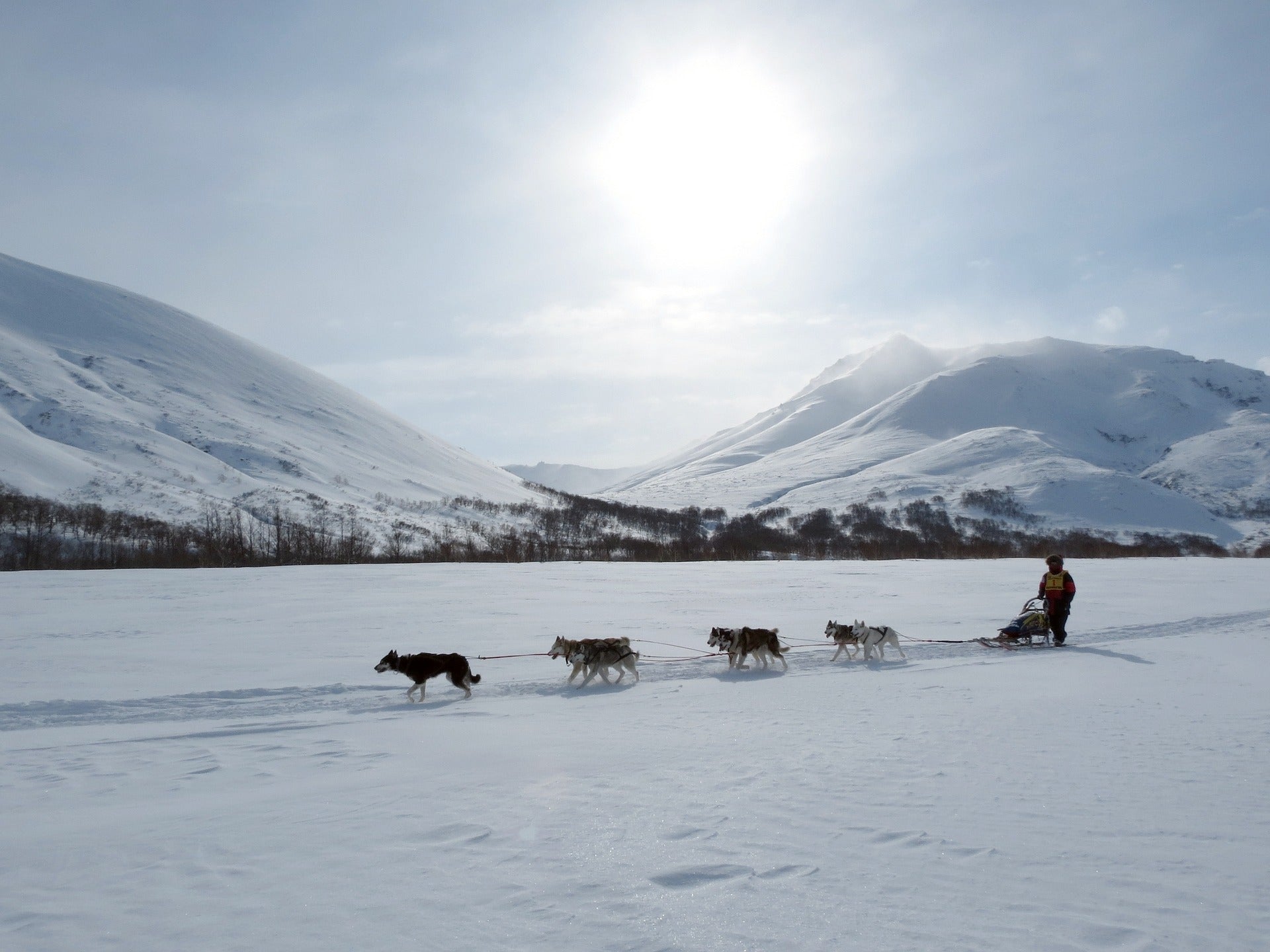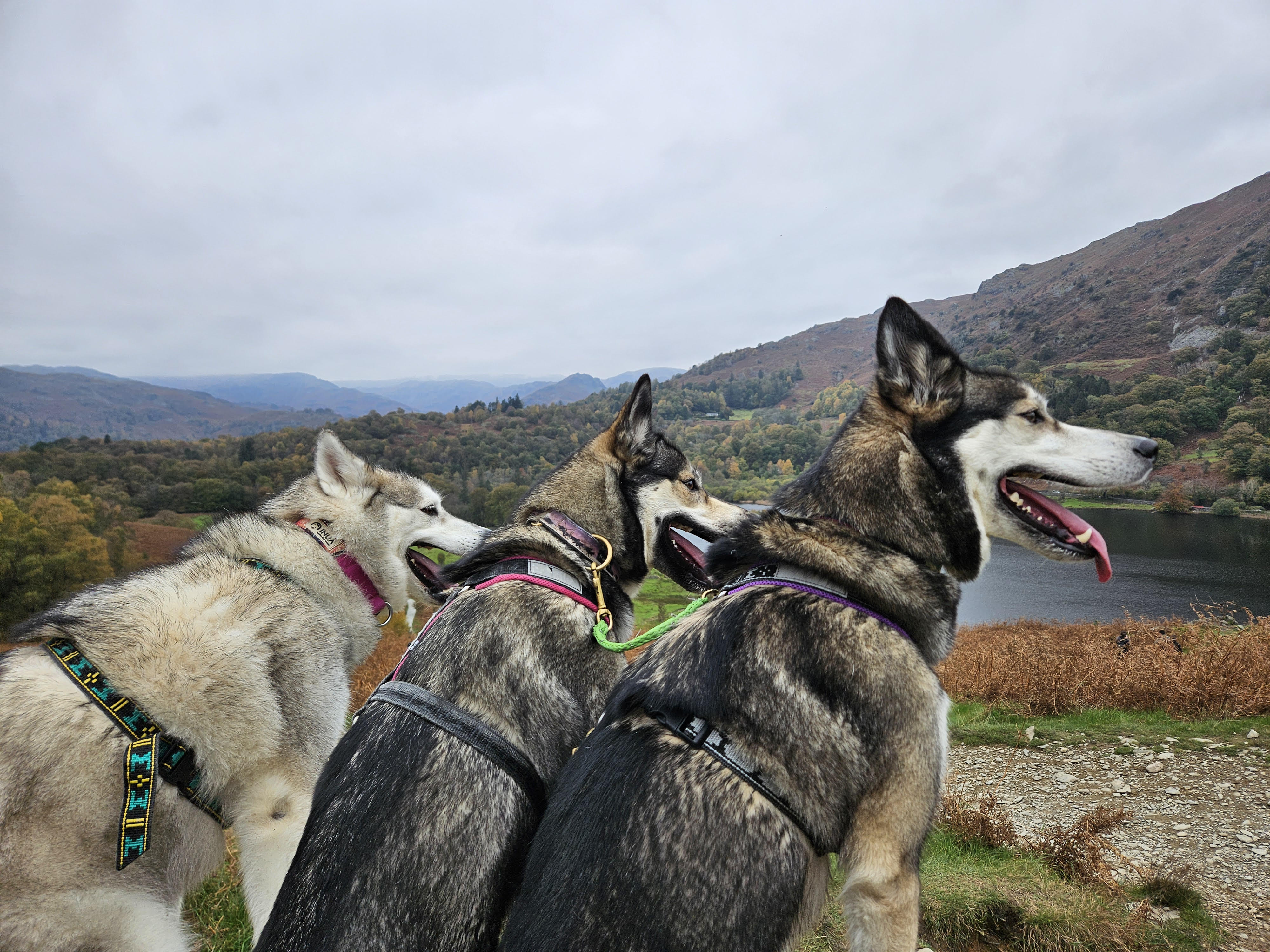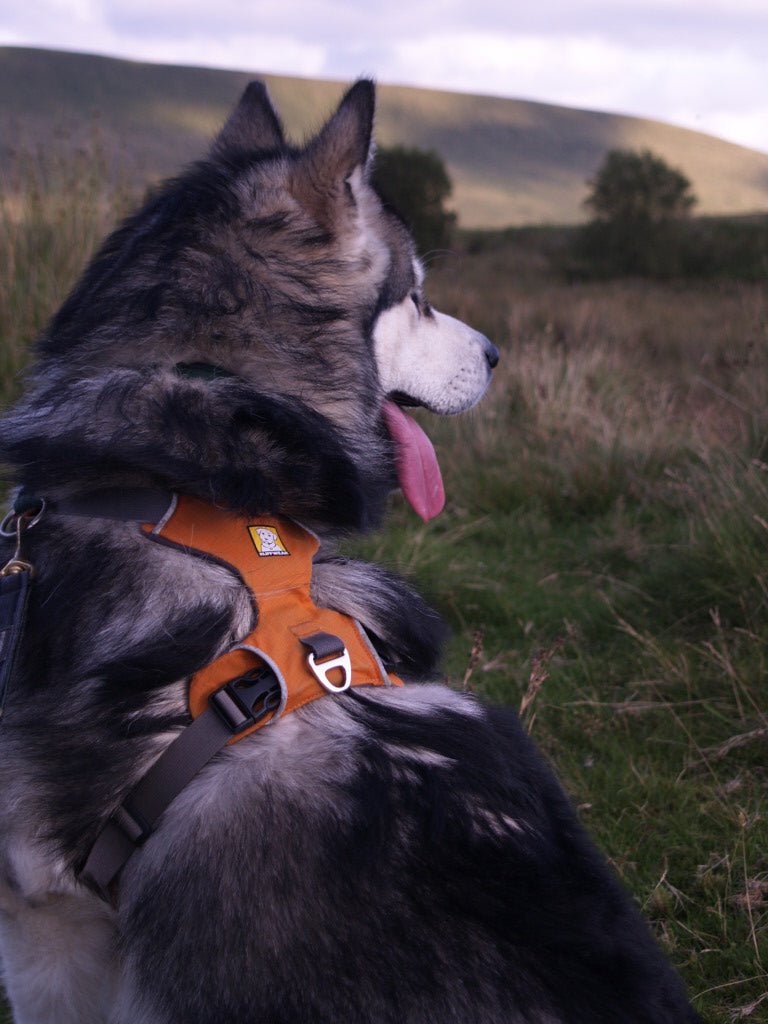From a 50-year-old woman from a village in Hertfordshire entering as a “mid-life crisis birthday present” to arguably the world’s greatest musher bidding to get one over his poor old dad for the second year running to a drunk driver of a snowmachine, the 2016 Iditarod made headlines across the planet.
In 1978, the late Daily Mail columnist Ian Wooldridge coined the phrase “The Last Great Race on Earth”, which was later registered as a trademark by organisers of the annual dog sled race.
Established in 1973, it covers a near 1,000 mile gruelling trail across remote Alaska from Anchorage to Nome. Temperatures can reach a numbing low of -75c. Two different routes are used which alternate each year. The southern route passes through the old mining town of Iditarod.
Dallas Seavey was first into Nome this year in a record time of 8 days 11 hours 20 minutes and 16 seconds to claim his fourth title. The 29-year-old American, who now lives in Willow, Alaska, finished 45 minutes ahead of his 56-year-old dad Mitch.
Hats off to Kim Franklin from Cottered, Hertfordshire, for fulfilling her aim of finishing the course in less than two weeks. The 50-year-old, who also competed in 2008, had entered as a “mid-life crisis birthday present” to herself. She came home in just under 13 days. Worcester-born Rob Cooke, who lives in Canada, was 67th, but only four days behind the leaders.
Alaska State Troopers arrested the drunk driver of a snowmachine that ploughed into two teams on the Yukon River on day six. One of four-time champion Jeff King’s dogs was killed and two others injured. He continued and finished in ninth place. Third-placed Aliy Zirkle was also attacked over what she alleged as a near two-hour period. One of her dogs was injured and was forced to retire.
The race can trace its history back to the Alaskan gold rush in the 1880s. The last major strike was at Iditarod in 1909. Within a year, it became the largest town in Alaska with 10,000 inhabitants, several banks and hotels, and a newspaper. Steamboats supplied boom towns like this in the summer but the government constructed a dog-sled trail to supply the isolated miners when the rivers froze in the winter.
Mushers on the three-week journey used a team of 20 or more dogs, such as Alaskan Malamutes and Siberian Huskies (some even used wolves!), pulling half a ton or more of freight. They stayed overnight in roadhouses where they could get a warm bed and food.
Aeroplanes inevitably brought about a decline in the trail’s usage in the 1920s. Its last taste of glory came in 1925 when bad weather made it impossible to fly a serum from Anchorage when a diphtheria epidemic threatened Nome. The serum travelled by train to Nenana and was then carried in a relay by 20 mushers over almost 700 miles in six days. The town was saved and the momentous feat was reported in newspapers across the world.
A full range of dog sled racing equipment is available from www.snowpawstore.com.

